Введение
In today’s digital age, the choice between DC (Direct Current) and AC (Alternating Current) power is crucial for network equipment. Each type of power has its unique characteristics, advantages, and applications. This article explores the practical applications of DC and AC POWER in various network devices, helping you make an informed decision for your specific needs.
DC POWER Приложения
1. Data Center Equipment
Data centers increasingly favor DC power due to its efficiency and reduced energy loss. Many servers and storage devices are designed to operate on DC power, typically at 48V. This setup minimizes power transmission losses and decreases cooling requirements. For instance, a data center using DC power can achieve significant energy savings, improving overall operational efficiency.
2. Network Switches and Routers
Modern network switches and routers often support DC power, particularly in environments requiring high availability and redundancy. Enterprise-level switches, for example, can be powered by DC sources to ensure continuous operation during power outages. This design not only enhances device reliability but also lowers operational costs, making it a preferred choice for many organizations.
3. Wireless Access Points
In large office buildings or campus networks, wireless access points (APs) frequently utilize Power over Ethernet (PoE) technology. This method allows DC power to be delivered through Ethernet cables, reducing wiring complexity and simplifying installation. For example, businesses can use PoE-enabled switches to power wireless APs, expanding network coverage without the need for additional power outlets.
AC Power Applications
1. Office Network Equipment
In most office environments, AC power remains the primary choice. Devices such as desktop computers, printers, and other peripherals typically rely on standard AC power outlets. For instance, small businesses often use conventional AC power supplies, providing a straightforward and easy-to-maintain solution for their networking needs.
2. Home Network Environment
AC power is also prevalent in home networking setups. Home routers, modems, and other network devices usually operate on AC power adapters. This design allows home users to conveniently utilize existing power outlets without the need for complex wiring, making it accessible for everyone.
3. Large Enterprise Networks
In large enterprise networks, the flexibility of AC power makes it an ideal choice. Many organizations use standard AC power to supply their devices while employing Uninterruptible Power Supply (UPS) systems to ensure continuous operation during power outages. For example, enterprises often implement UPS systems in server rooms to protect critical equipment, maintaining business continuity even during electrical interruptions.
Comparing DC and AC Power
When to Use DC Power
- Efficiency Needs: When devices require high energy efficiency, such as servers in data centers.
- High Availability: In network environments where redundancy is critical, like enterprise-grade switches.
- PoE Applications: When powering wireless access points using Power over Ethernet technology.
When to Use AC Power
- Small Offices or Homes: For convenience and ease of use in typical office or residential settings.
- Large Enterprises: Where the flexibility of AC power and existing infrastructure make it the better option.
Factors Influencing Your Choice
- Cost: While DC-powered devices may require a higher initial investment, they can lead to long-term savings.
- Device Compatibility: Consider the power requirements and design of your network equipment when making your selection.
Заключение
Choosing between DC and AC power is essential for optimizing the performance and reliability of your network equipment. By understanding the applications and advantages of each power type, you can make an informed decision that meets your specific needs. Whether you opt for DC power in a data center or AC power in an office, the right choice will enhance your network’s efficiency and functionality.



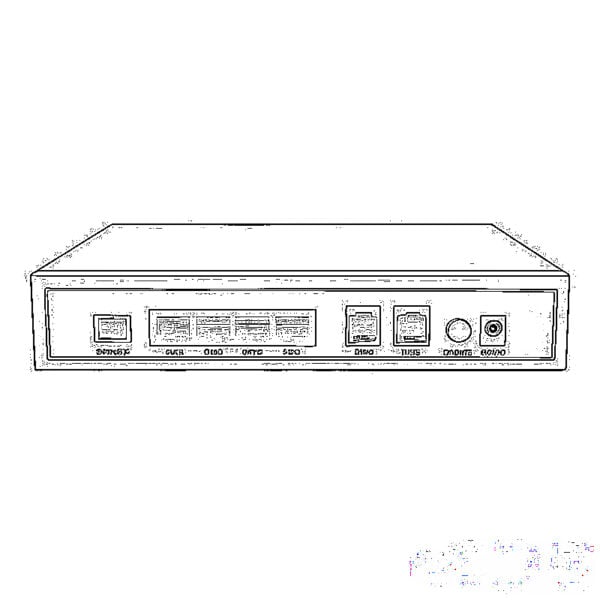
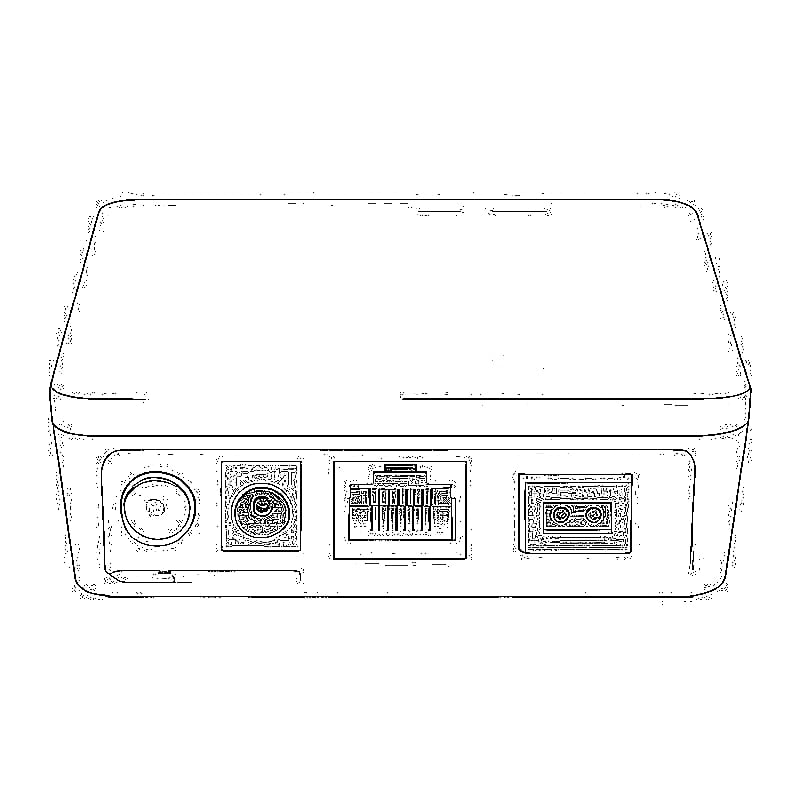
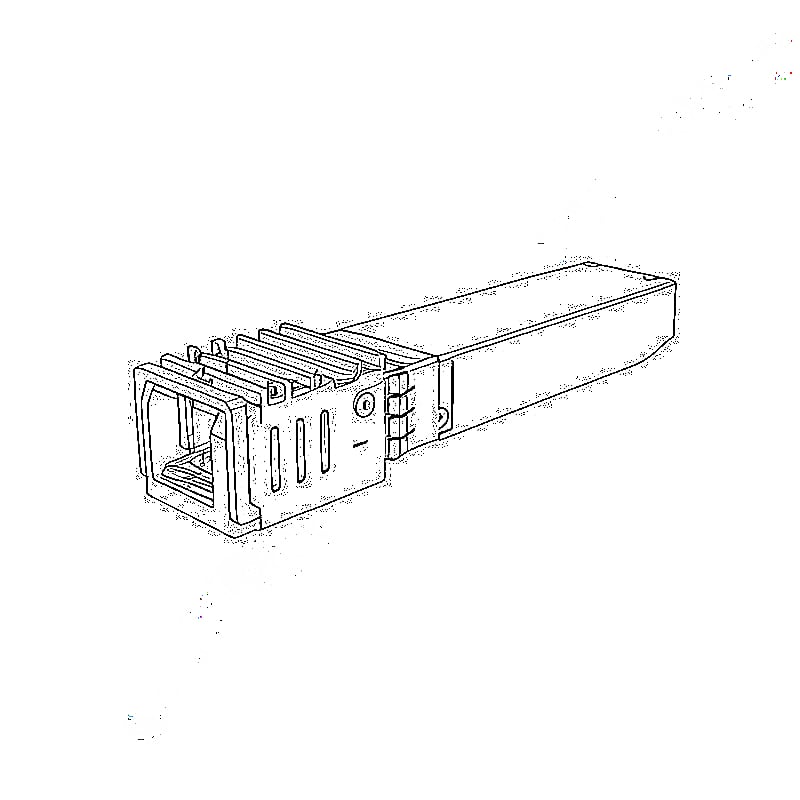
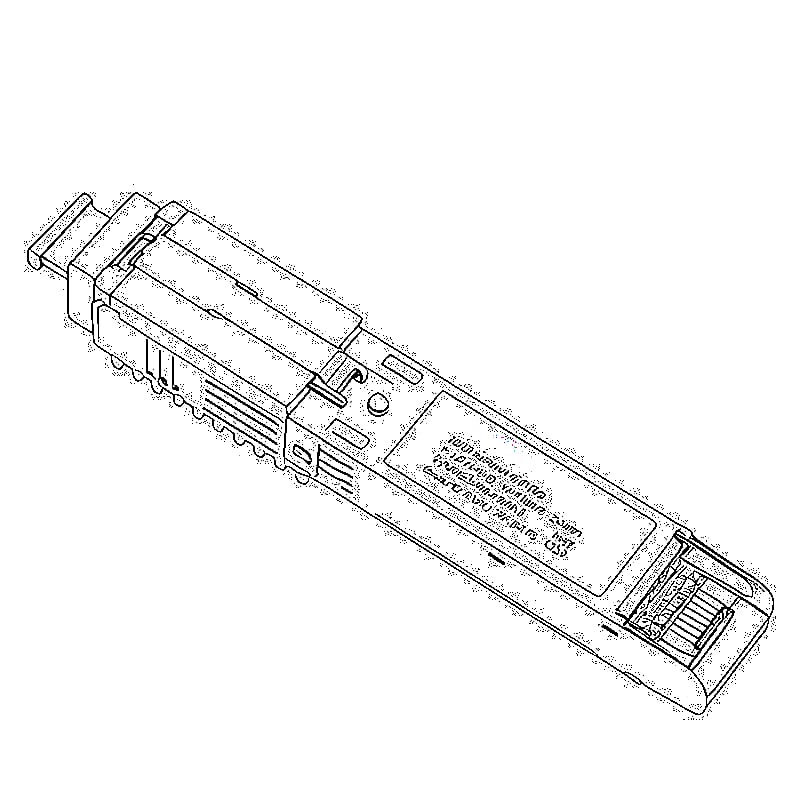
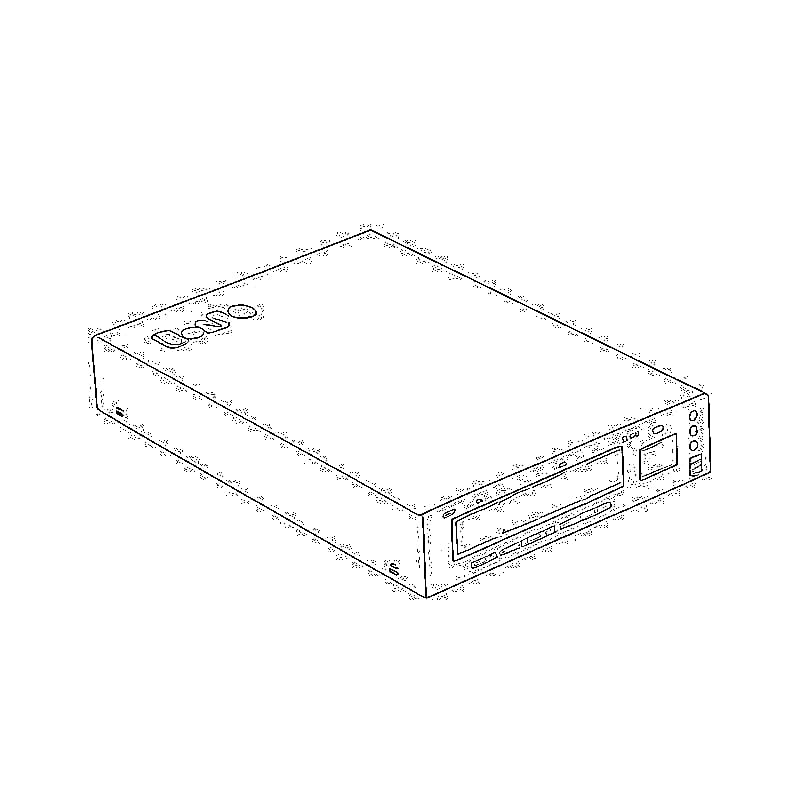
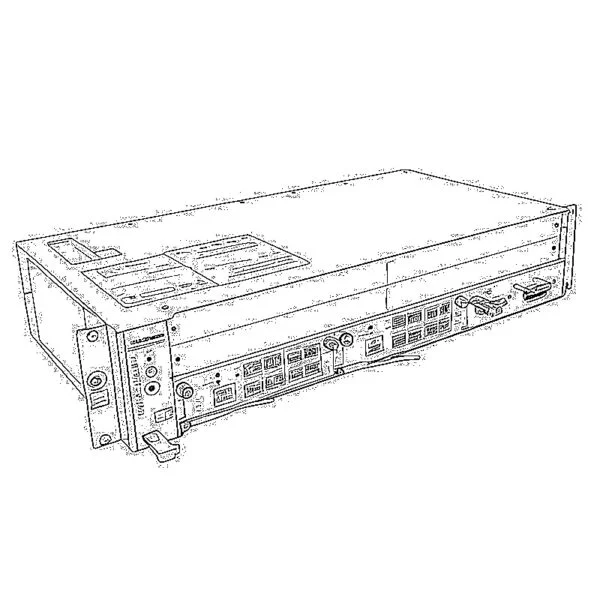
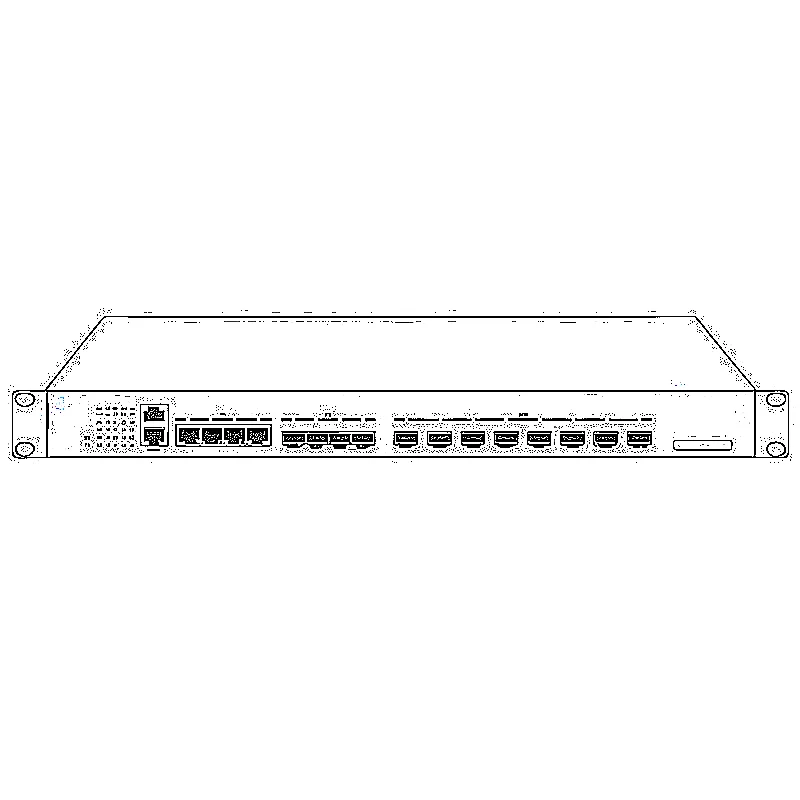
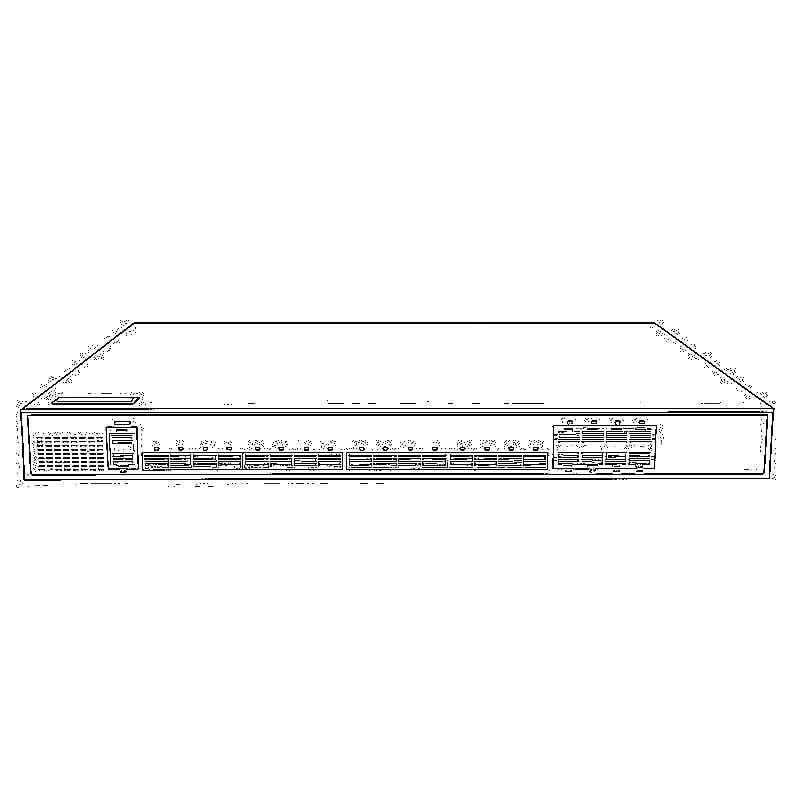
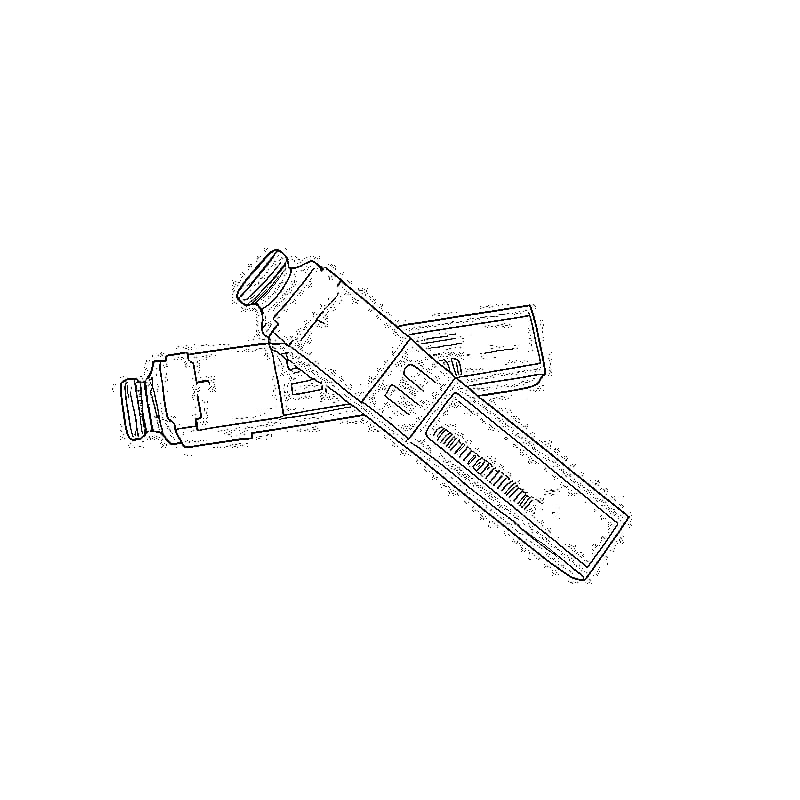
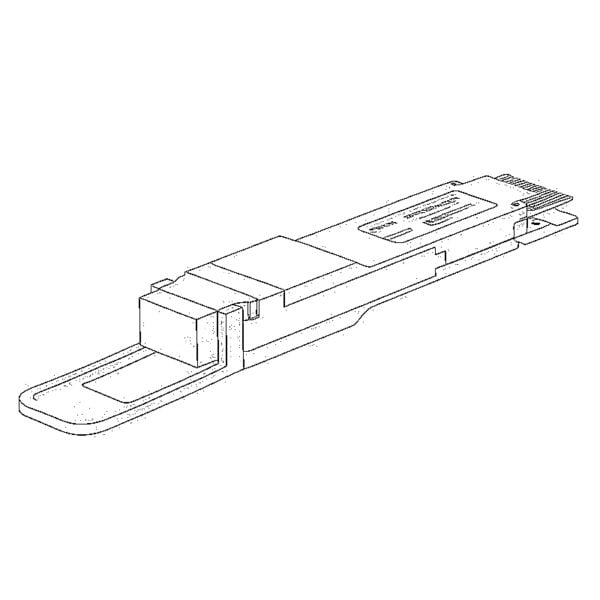
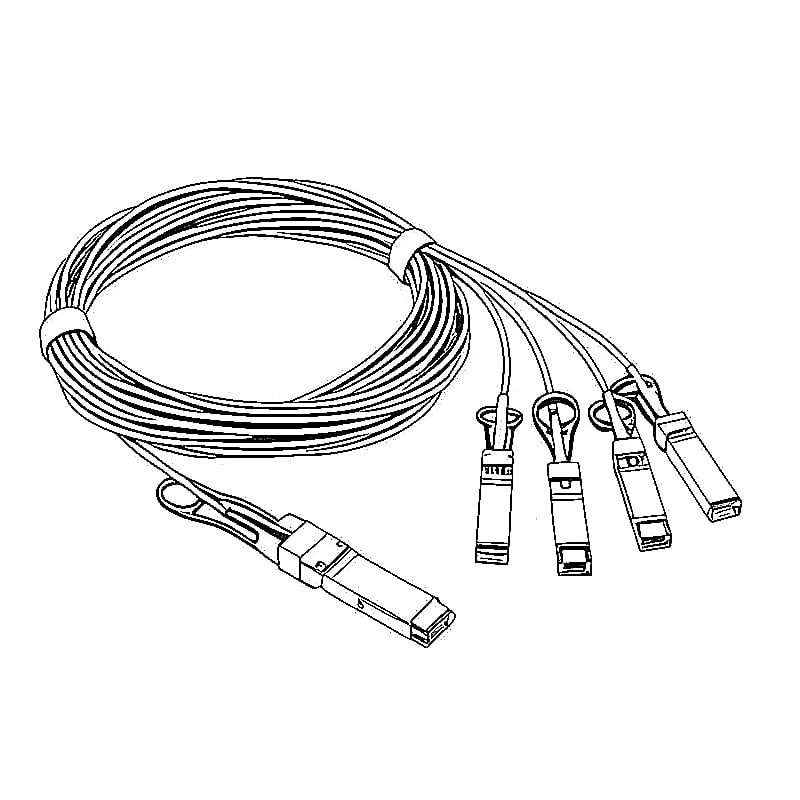
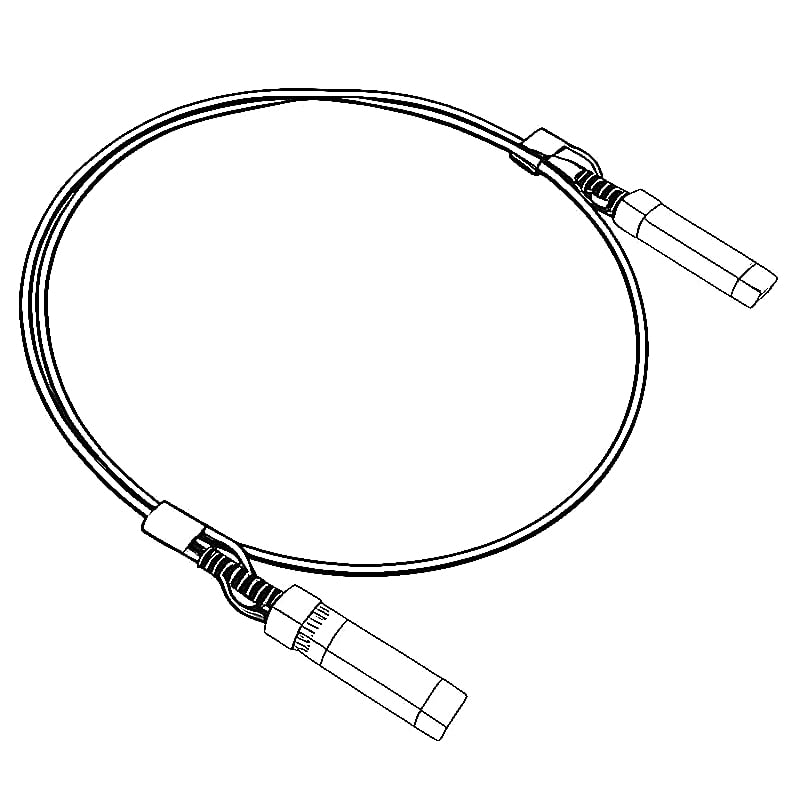
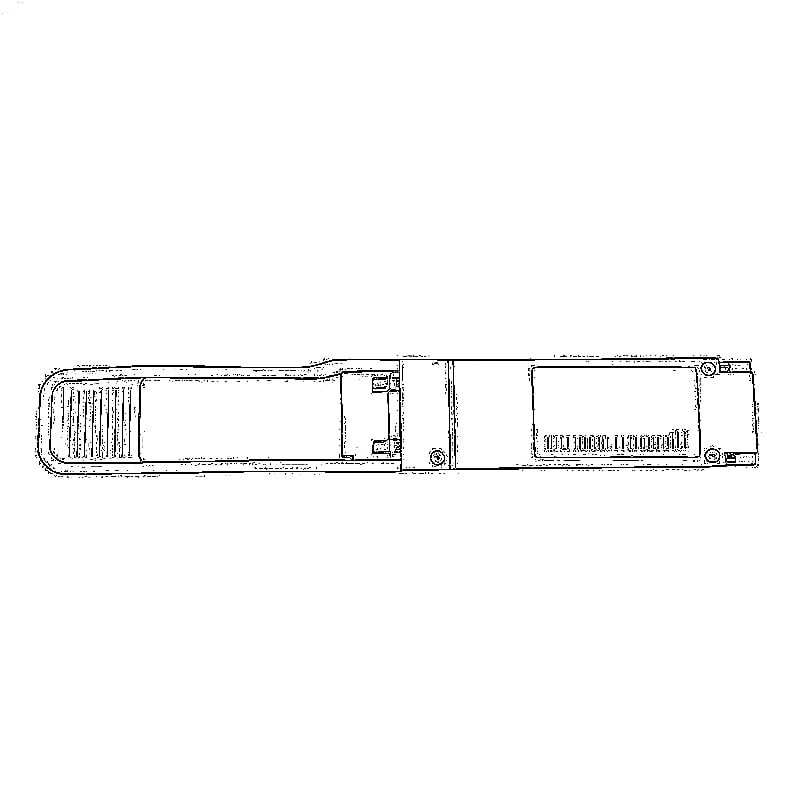
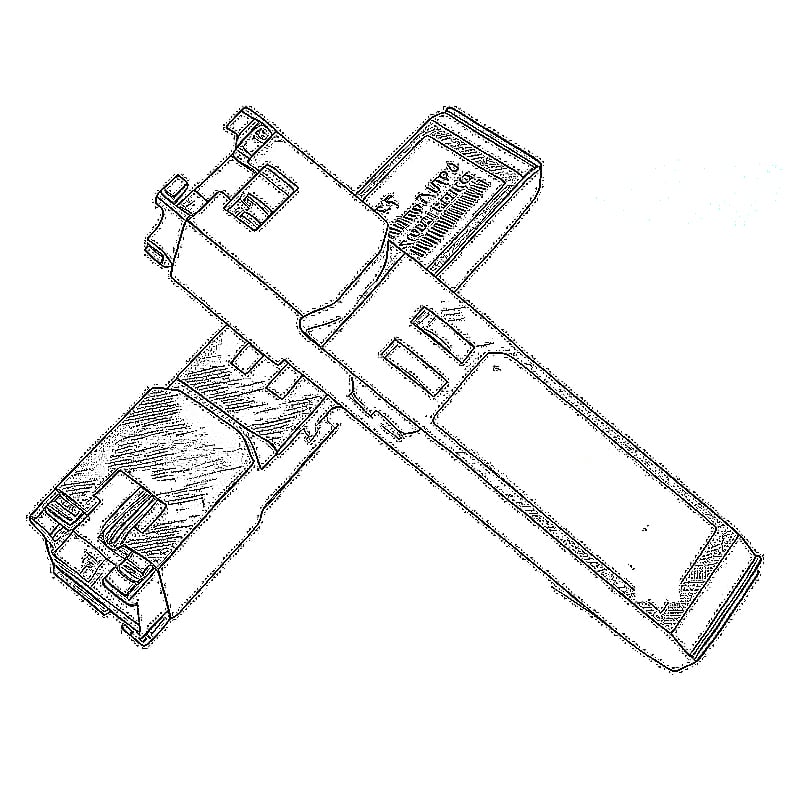
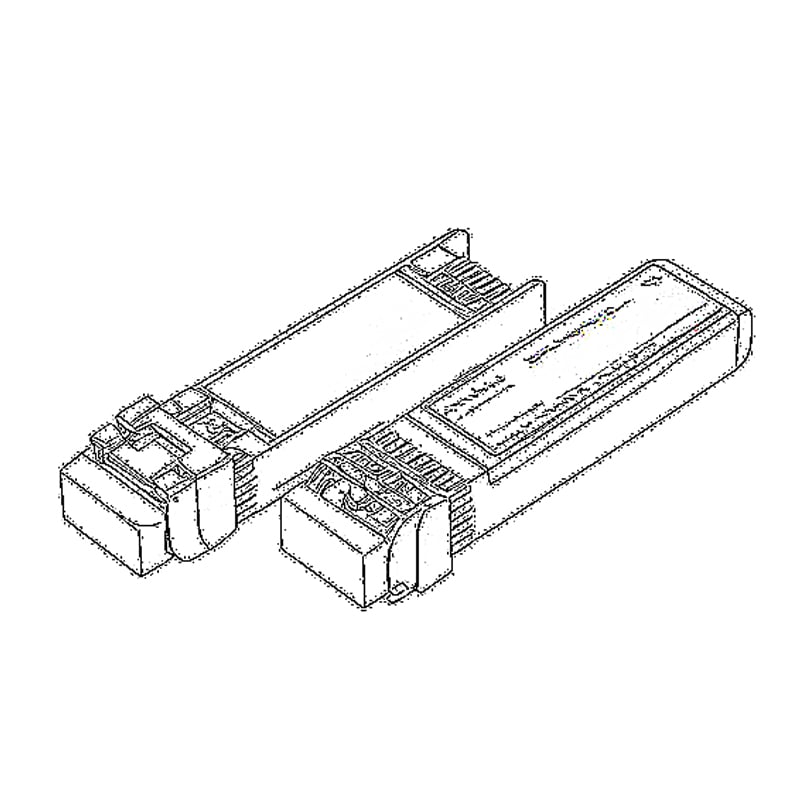

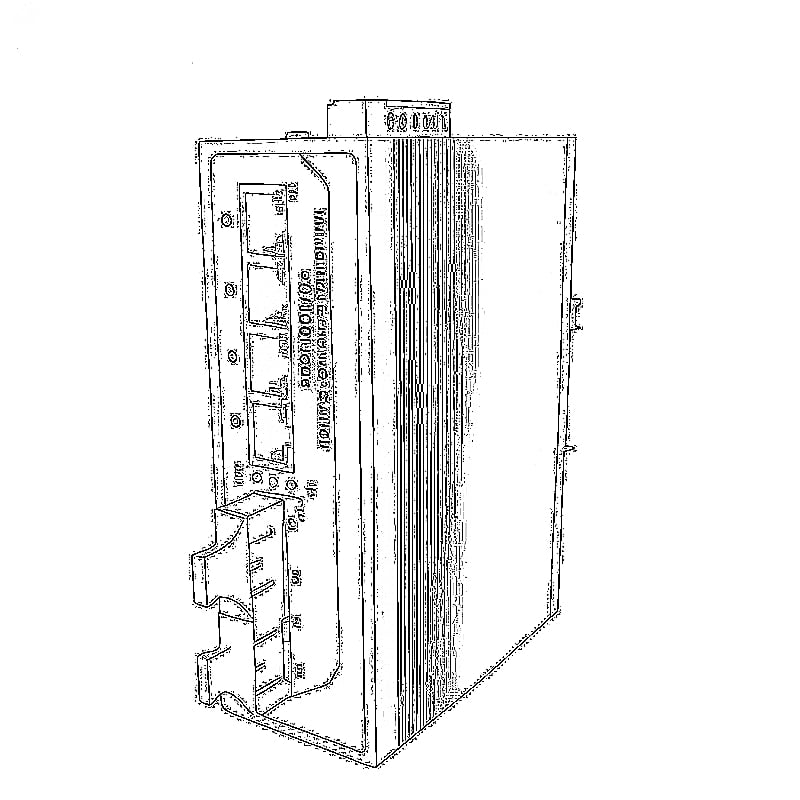
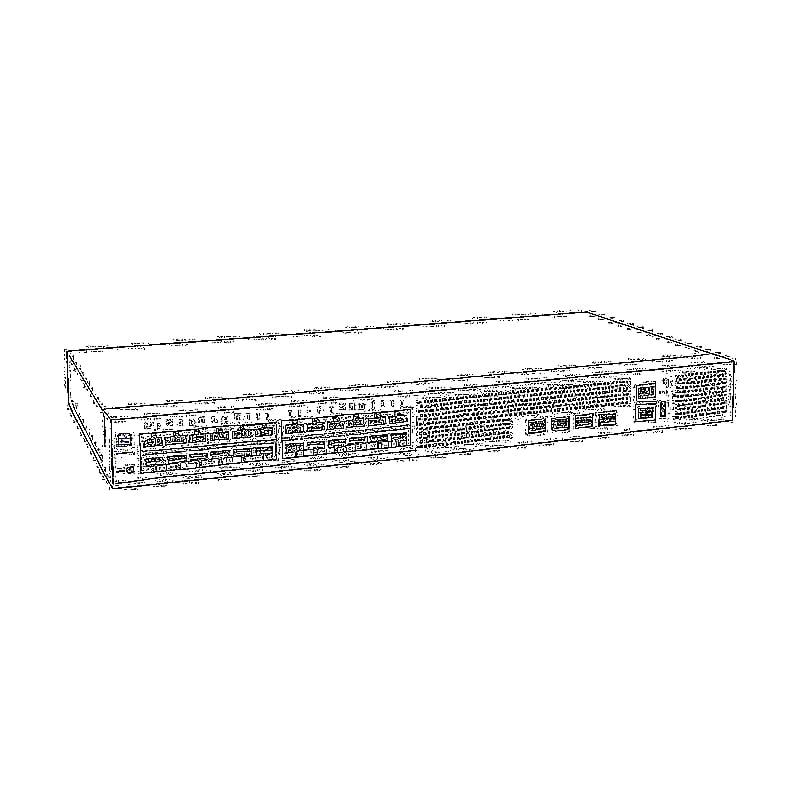
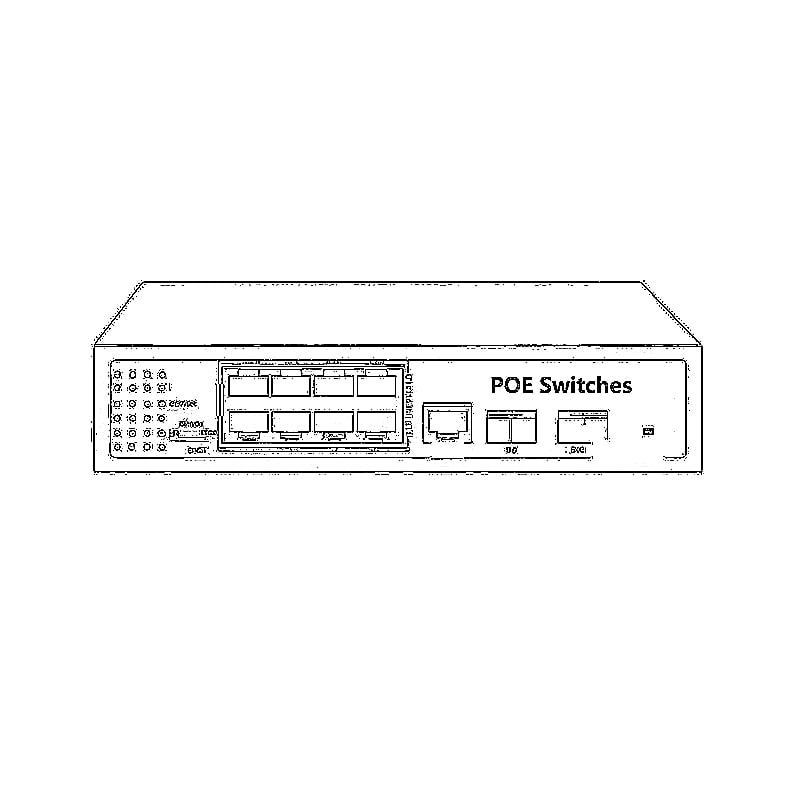
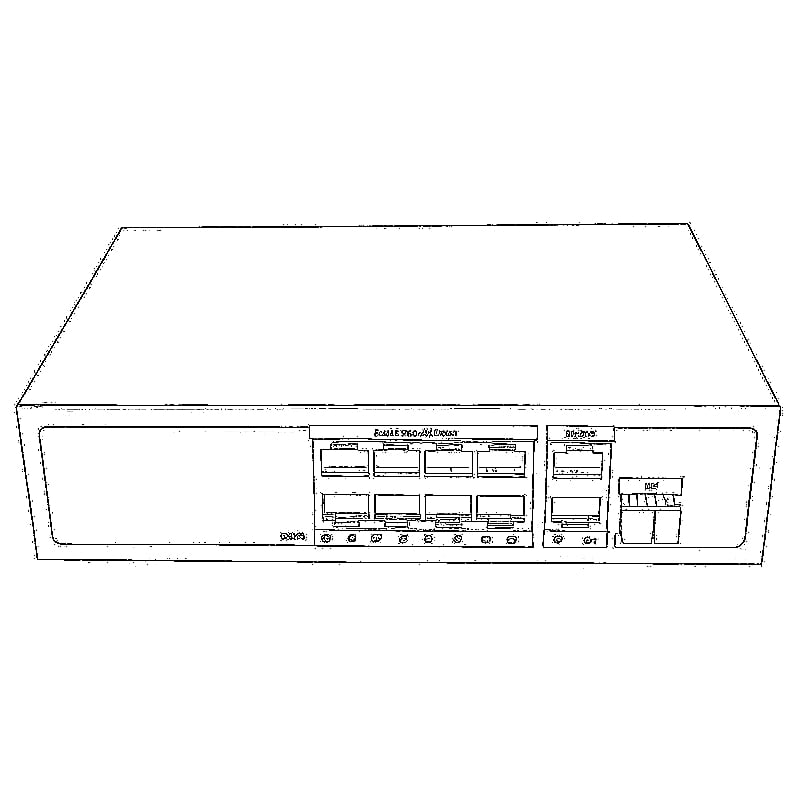
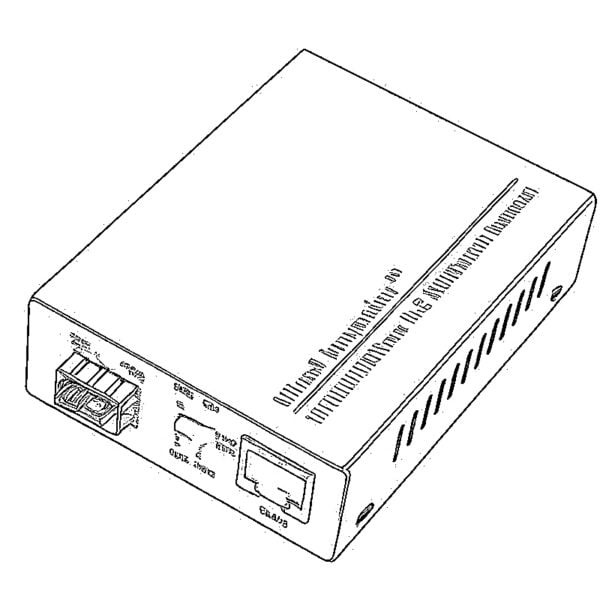
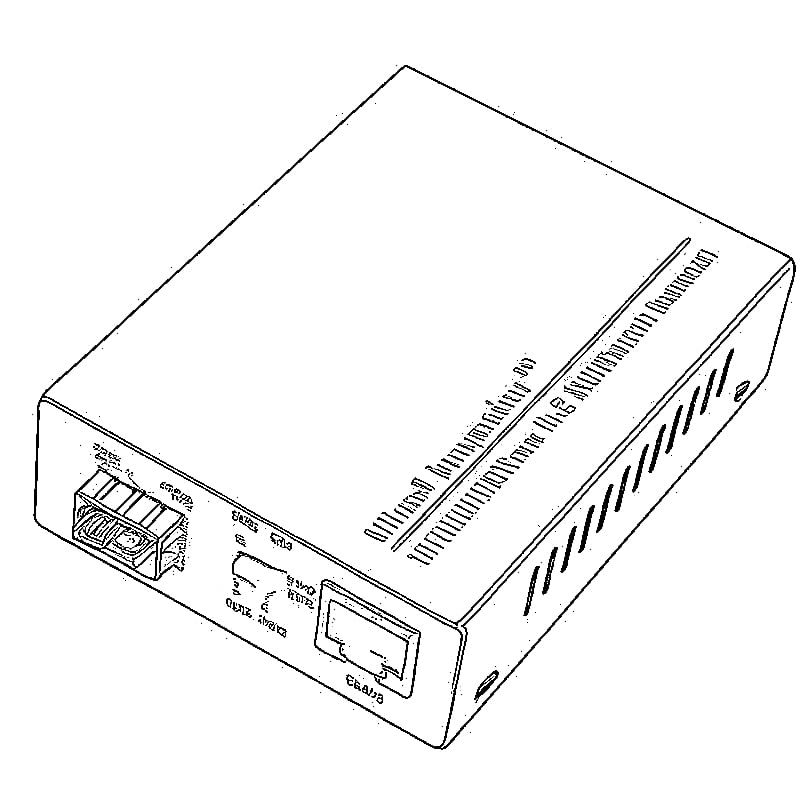
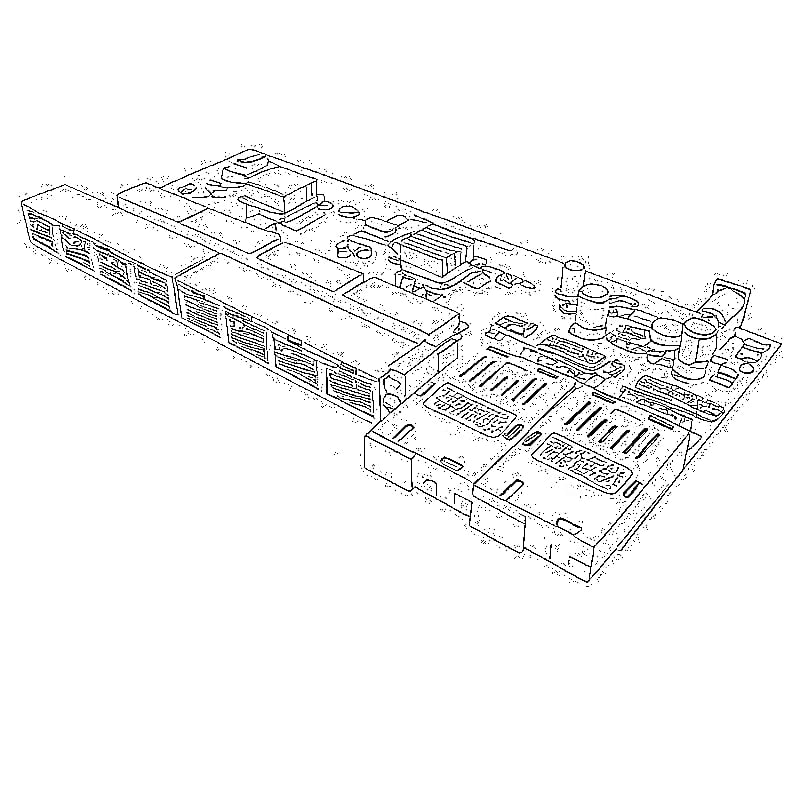
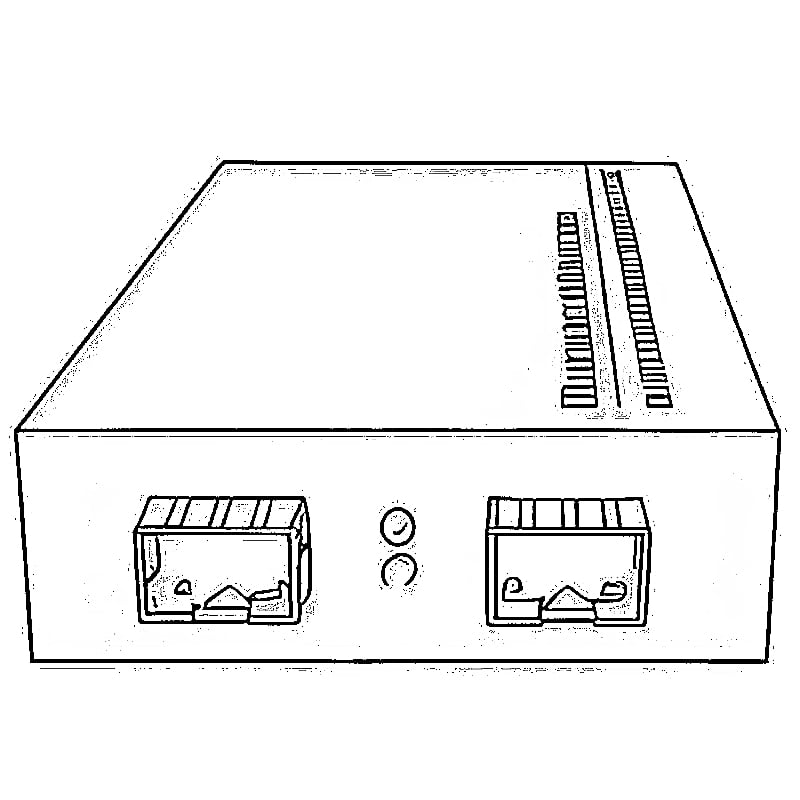
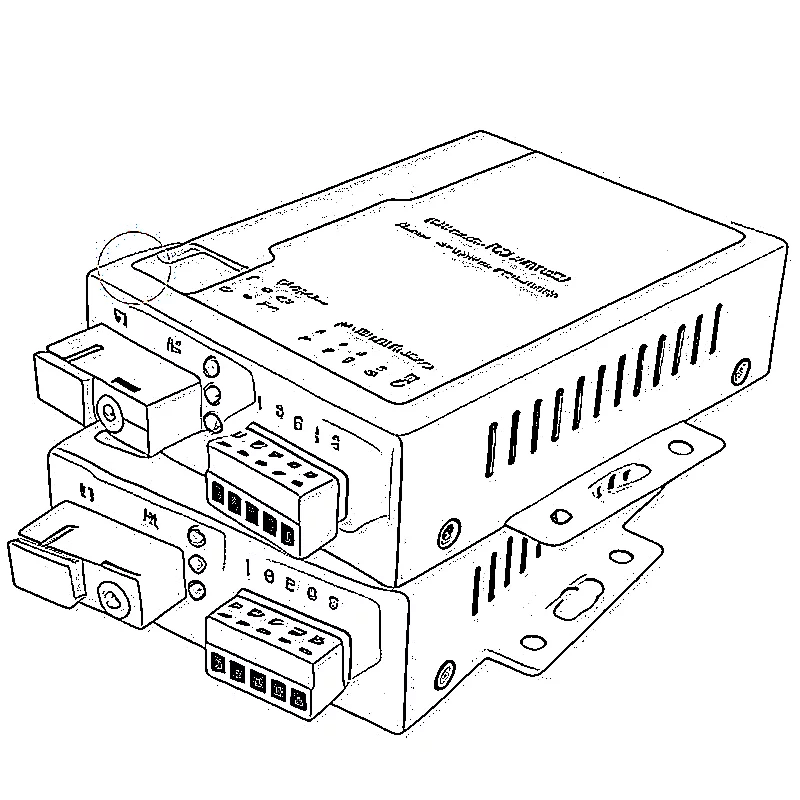
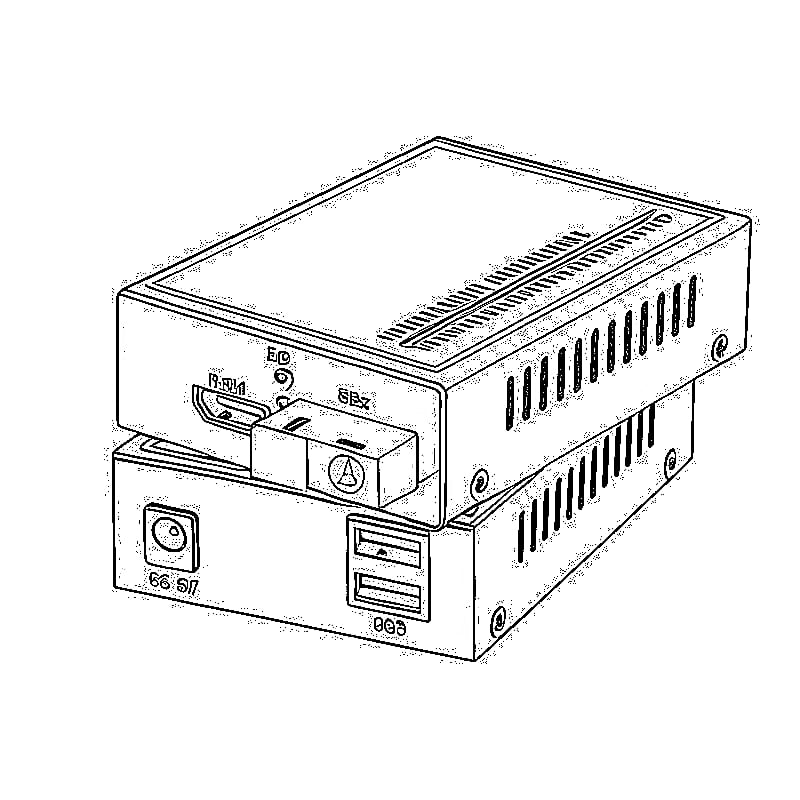
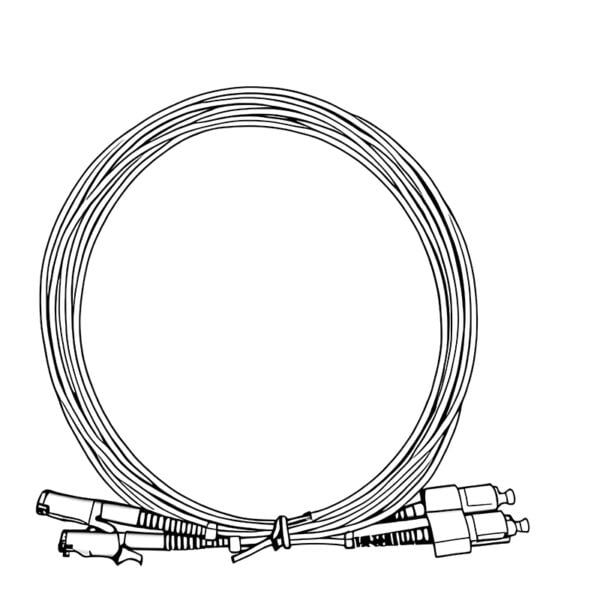
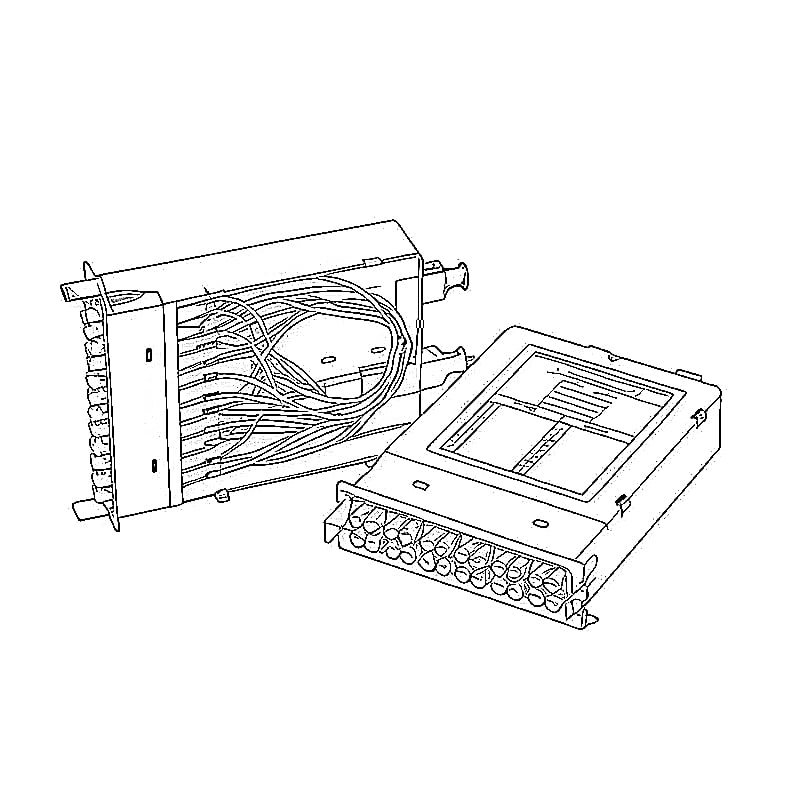
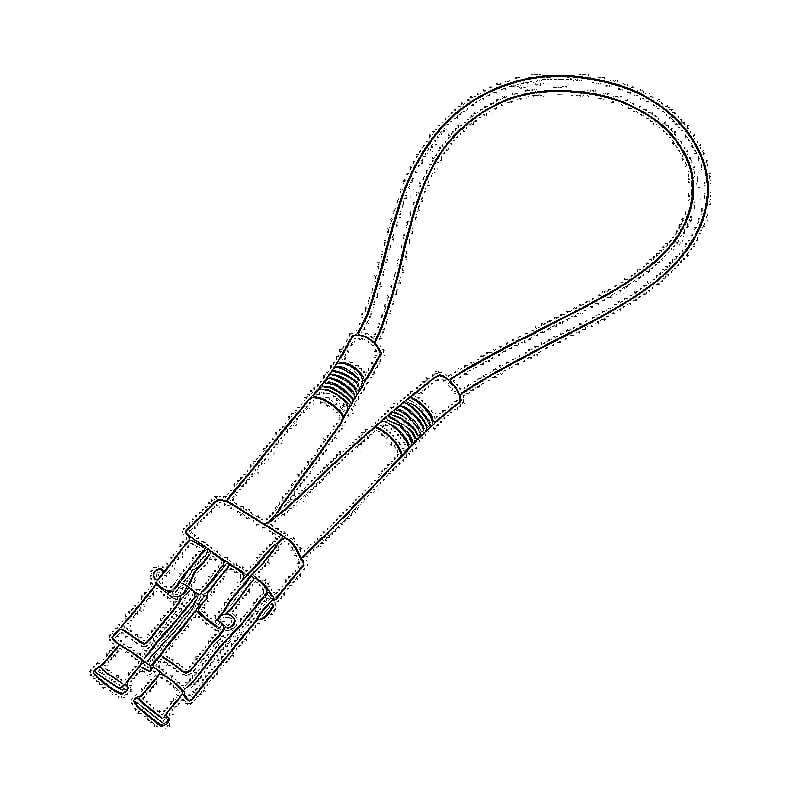
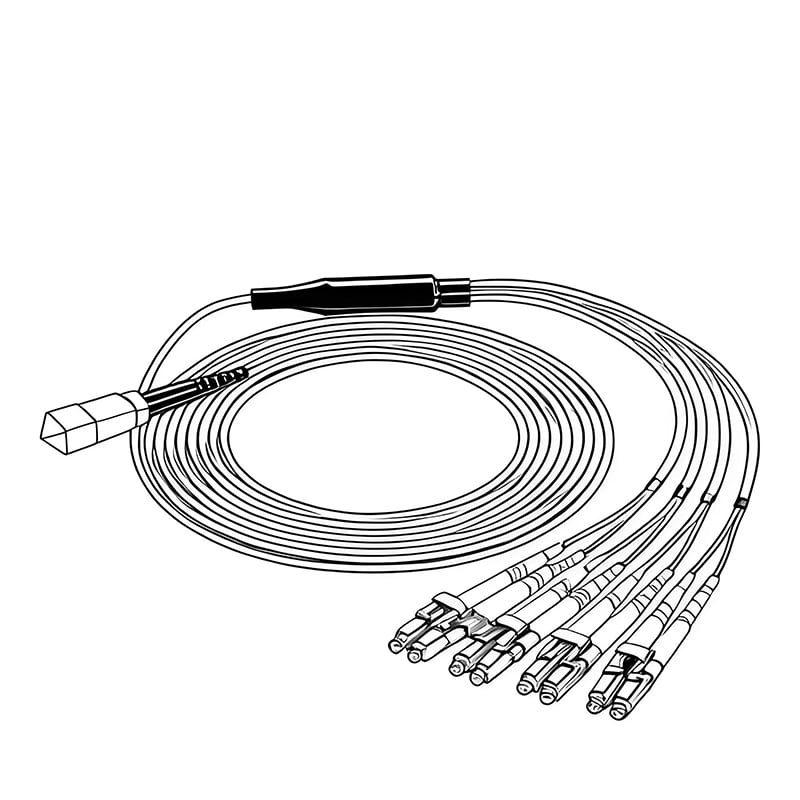
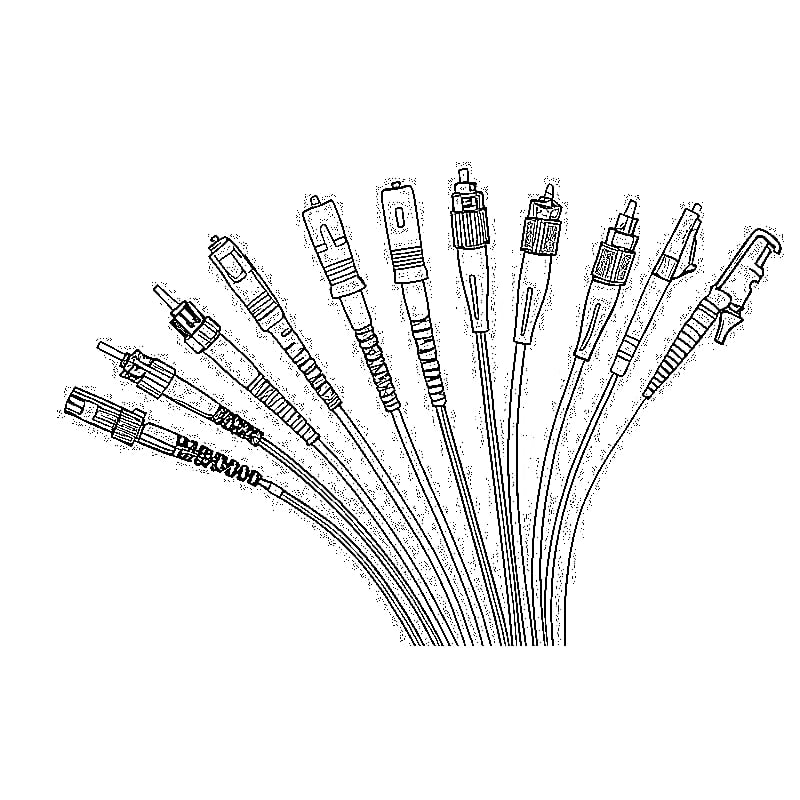
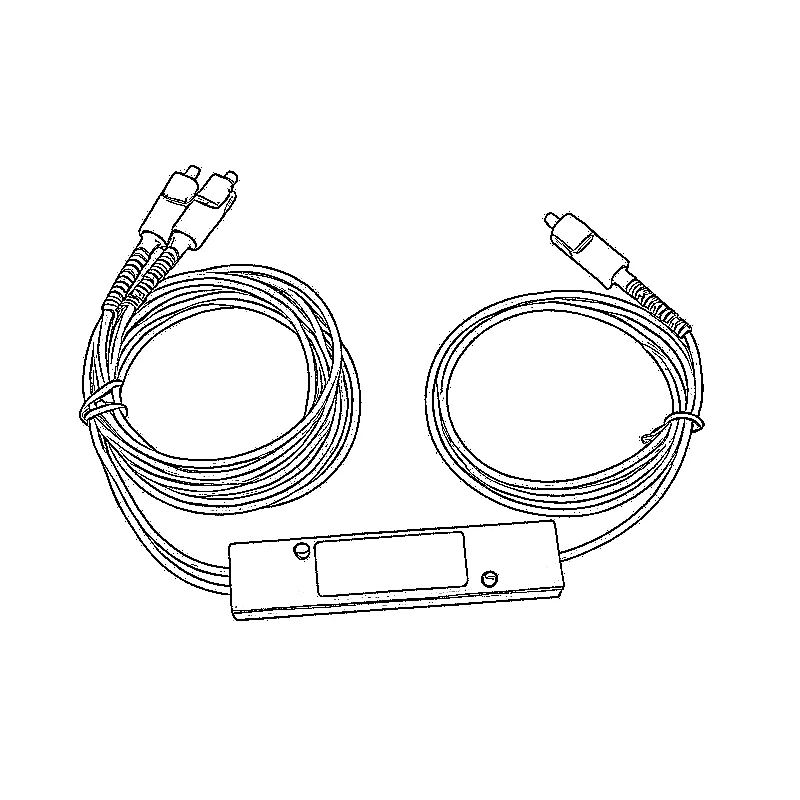
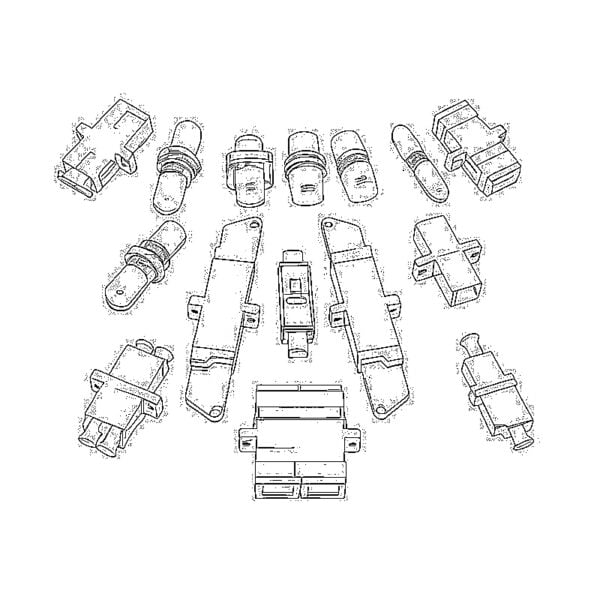
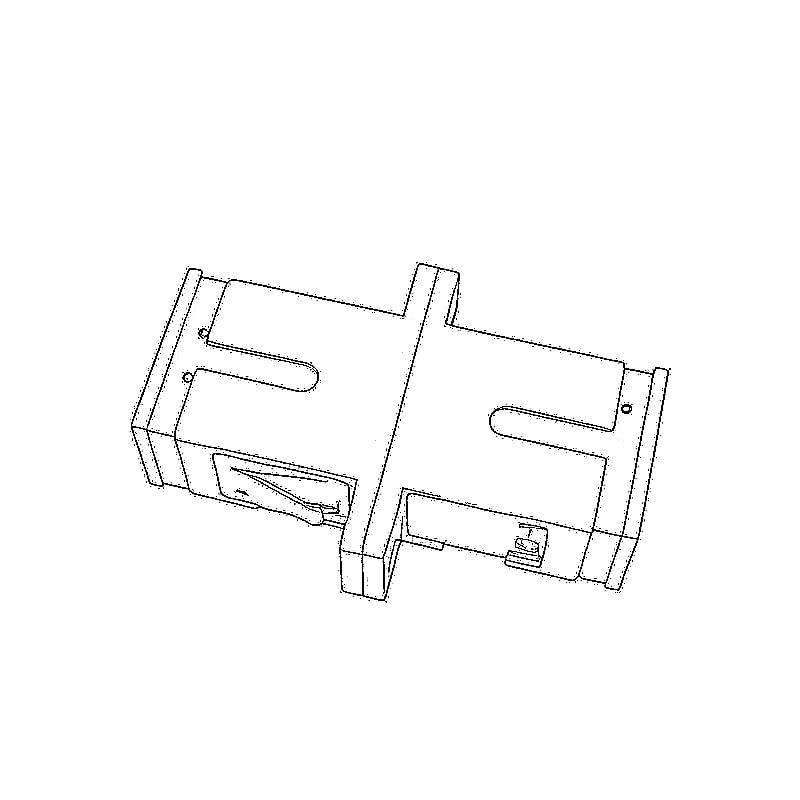
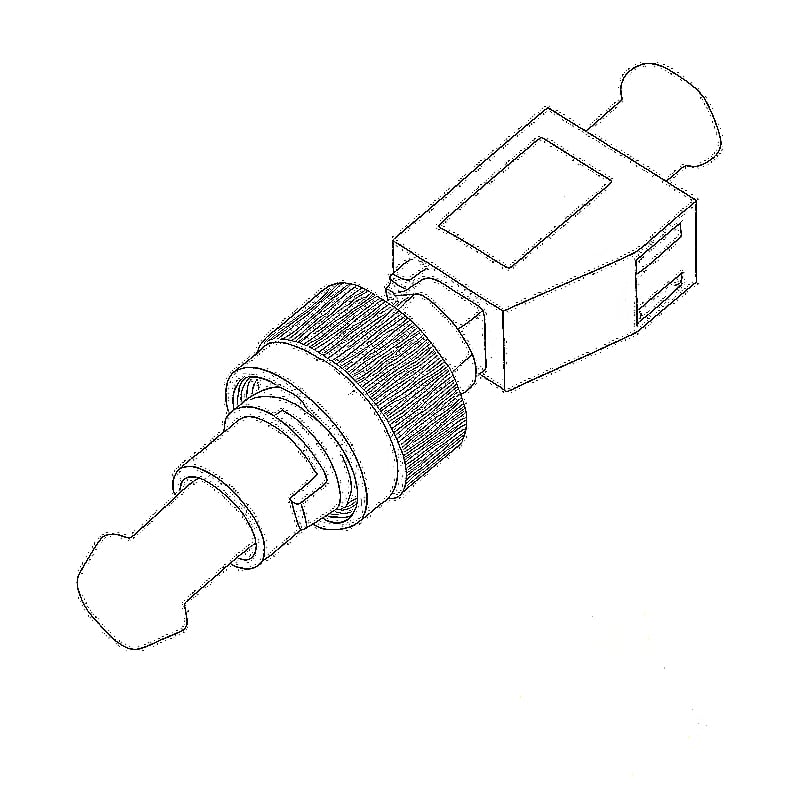
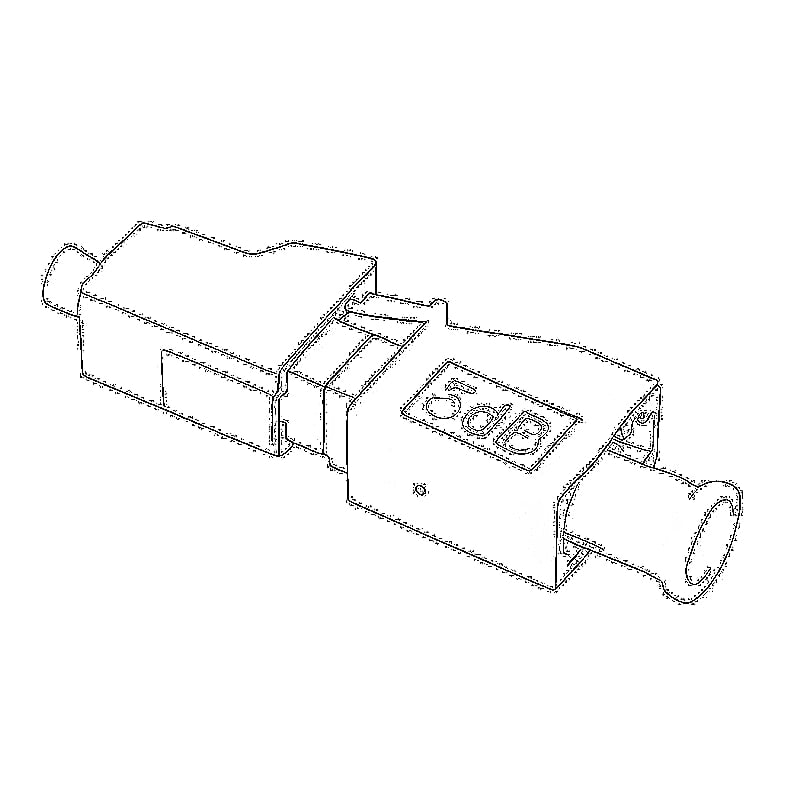
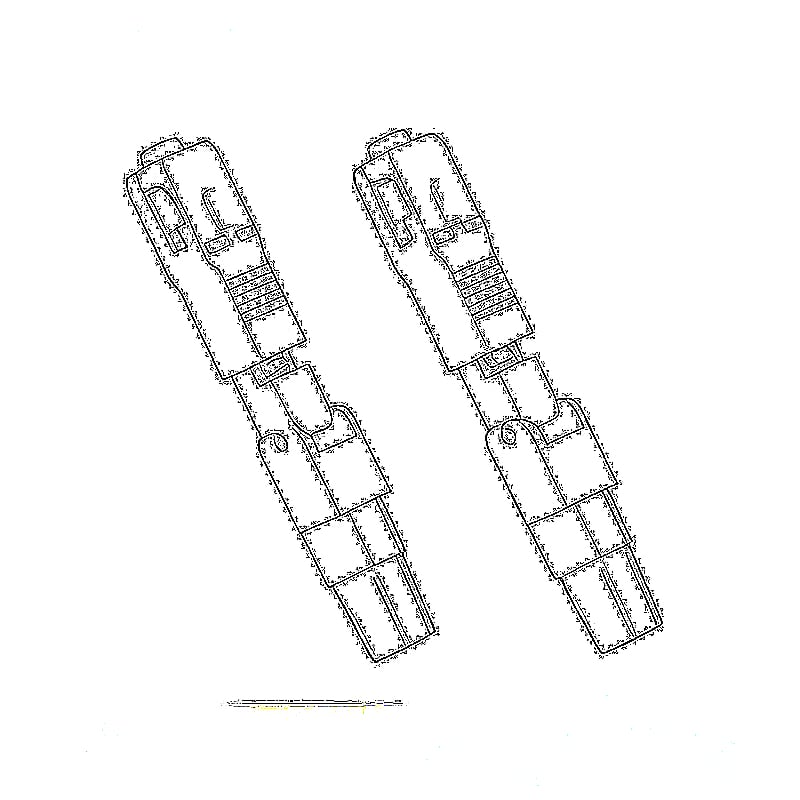
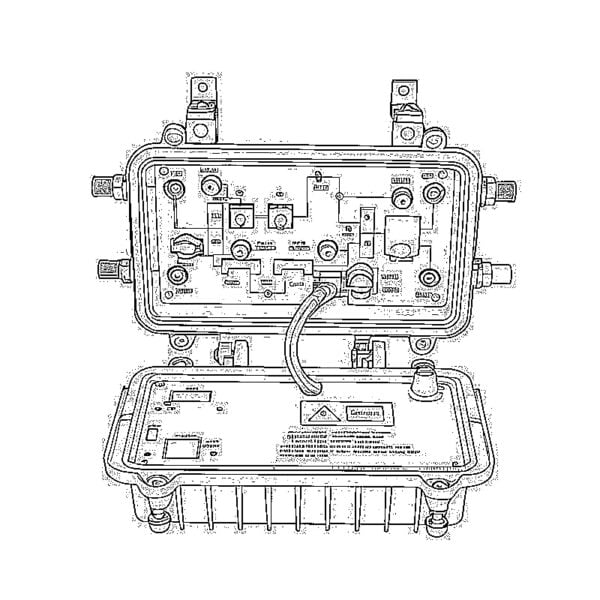
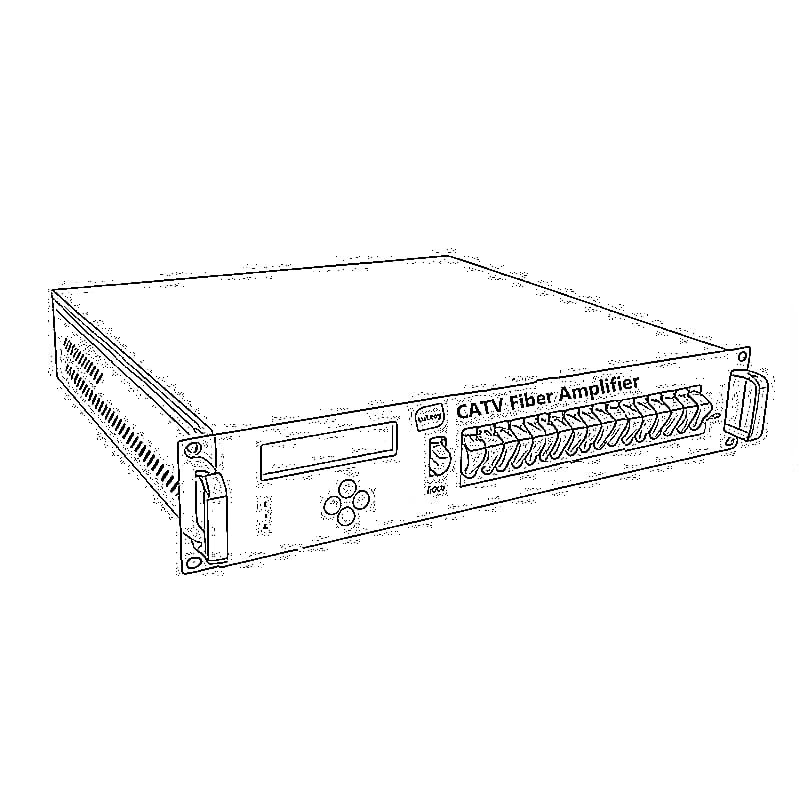
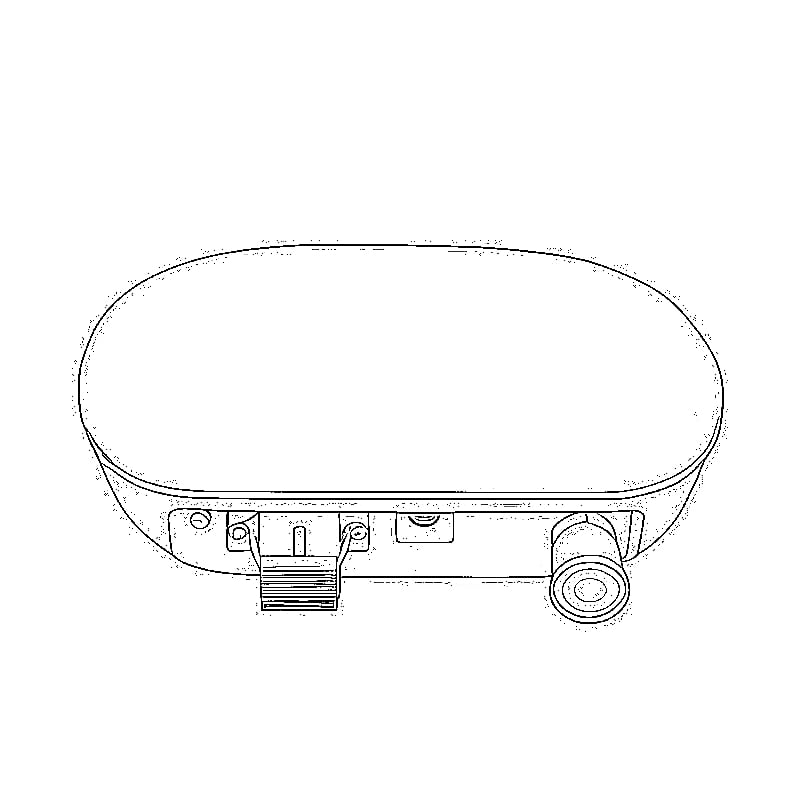
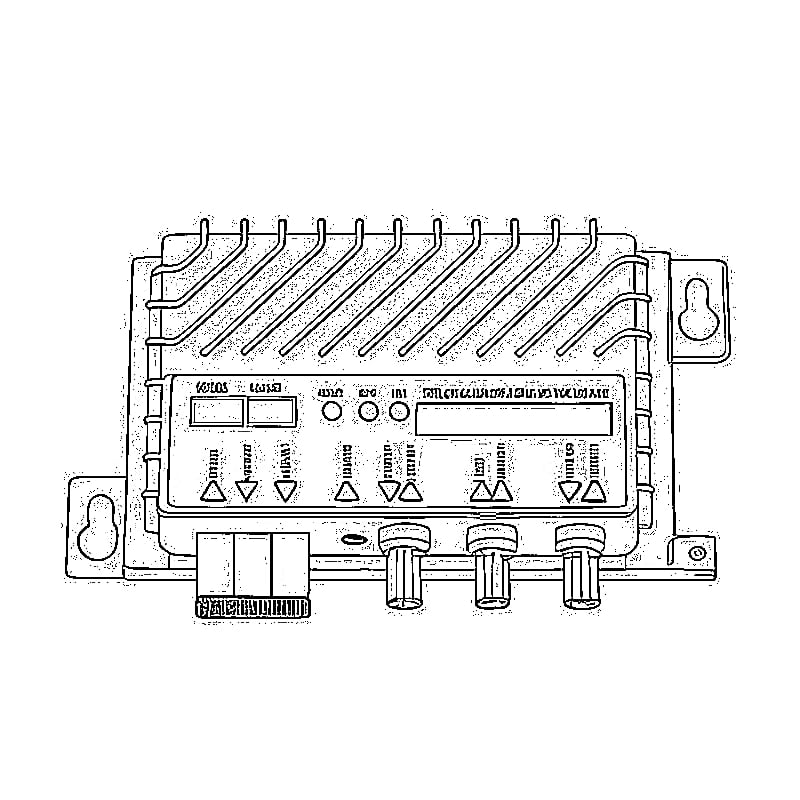

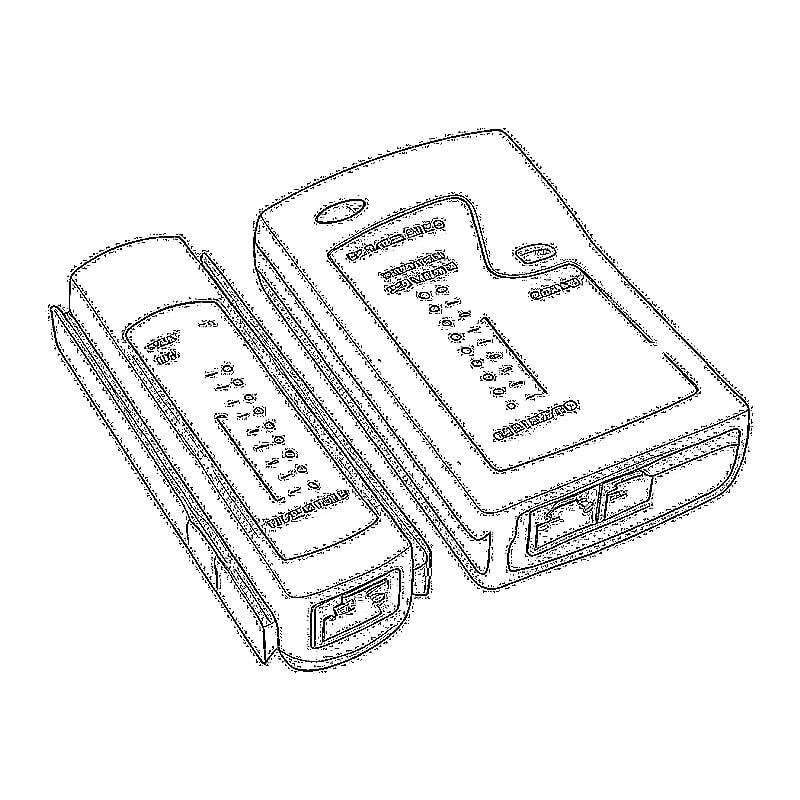
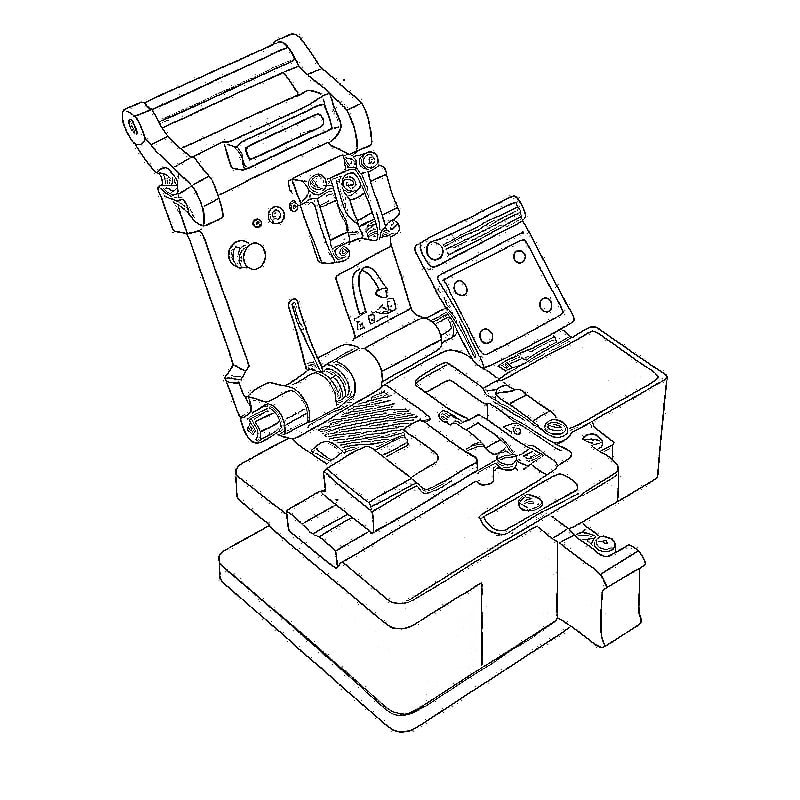
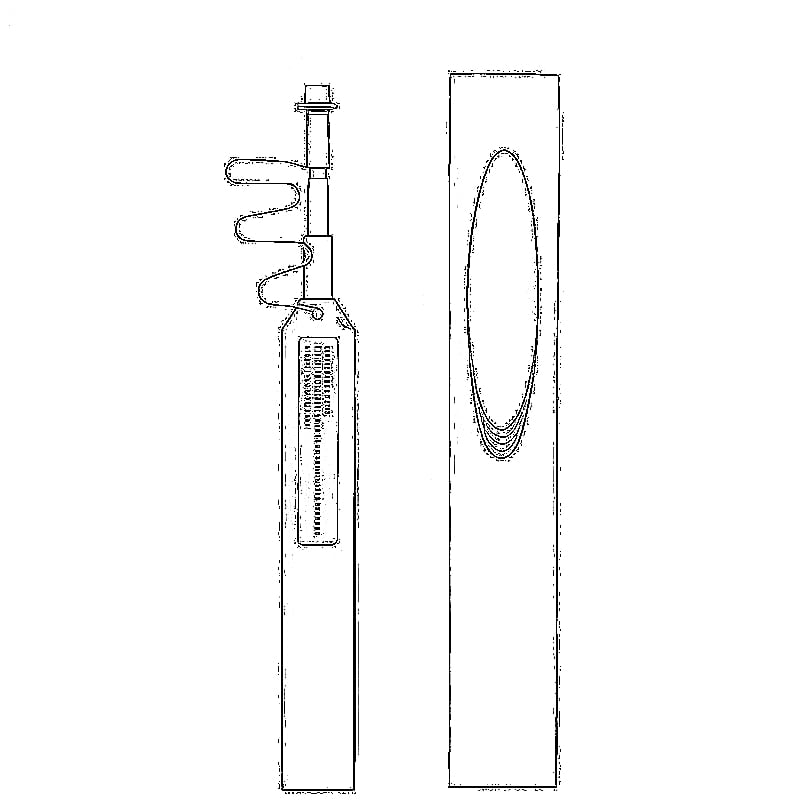
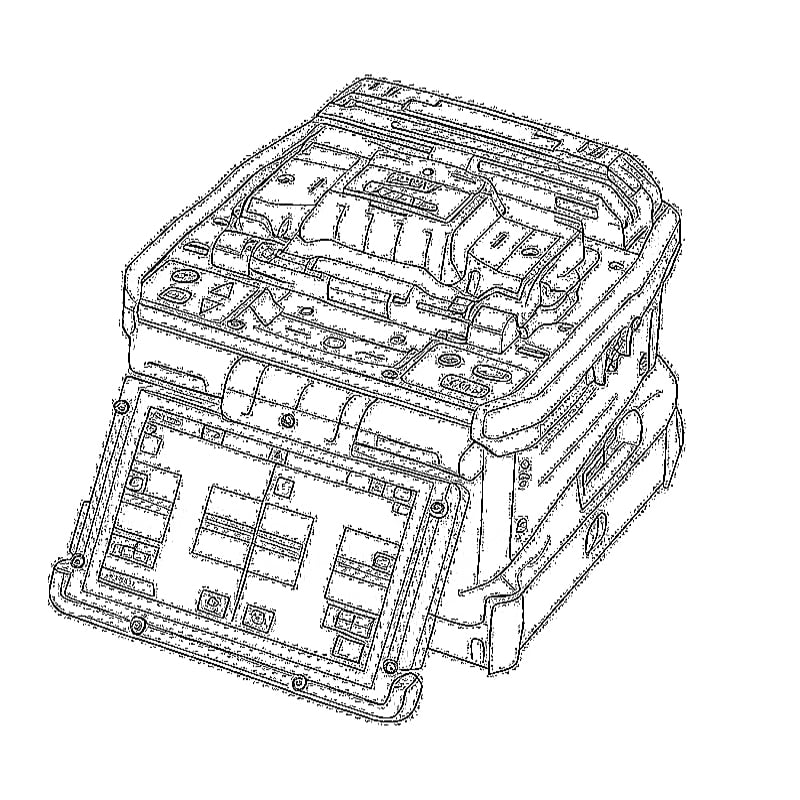
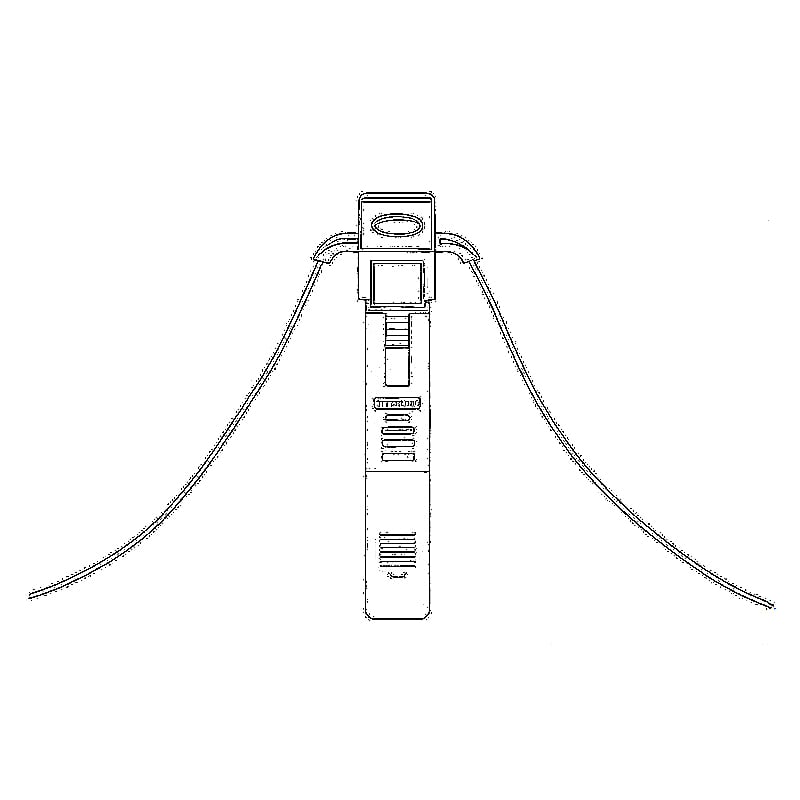
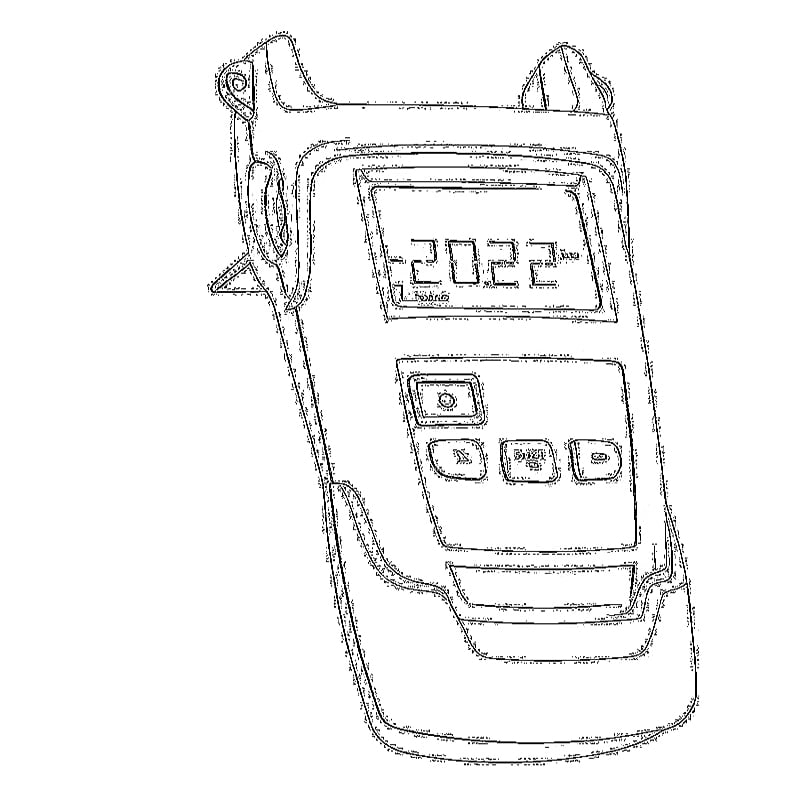
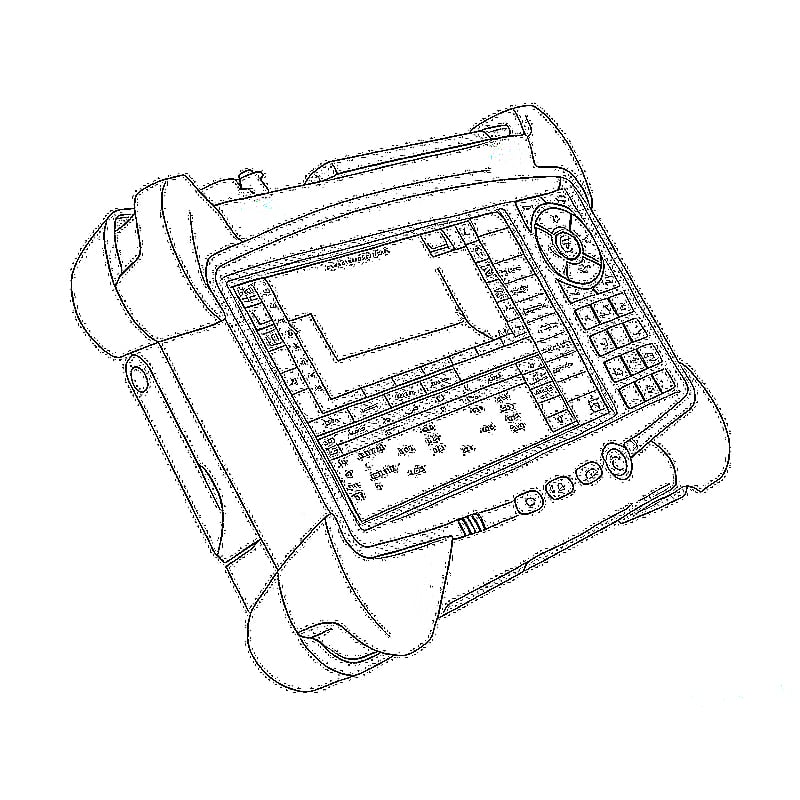
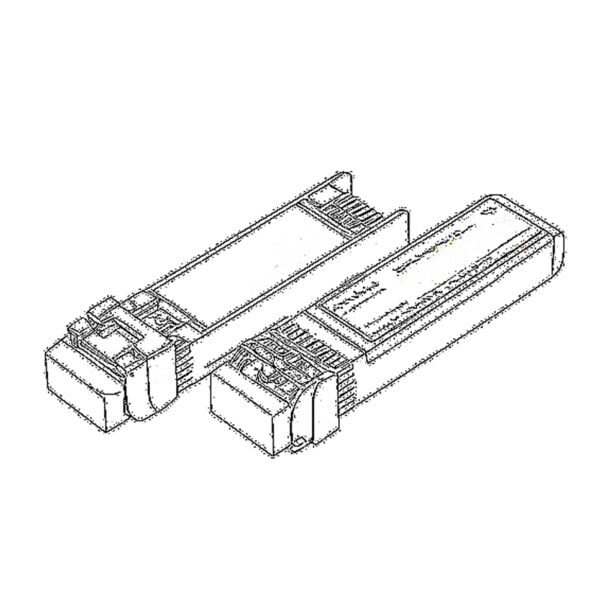 SFP/SFP+ (1G/2.5G/5G/10G)
SFP/SFP+ (1G/2.5G/5G/10G)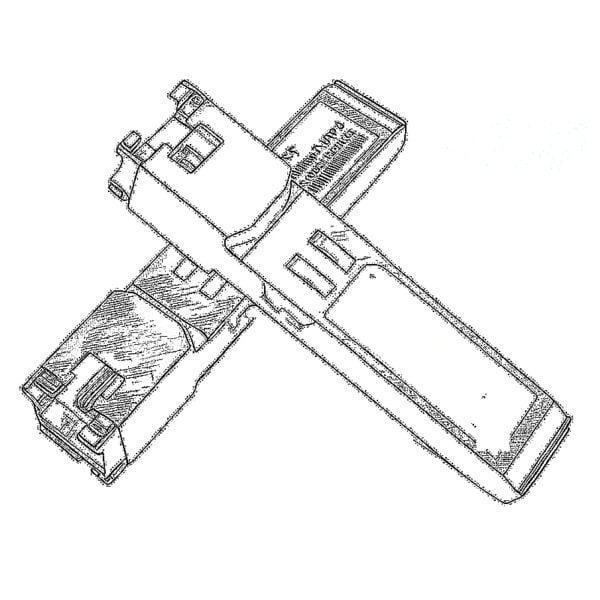 SFP-T (1G/2.5G/10G)
SFP-T (1G/2.5G/10G)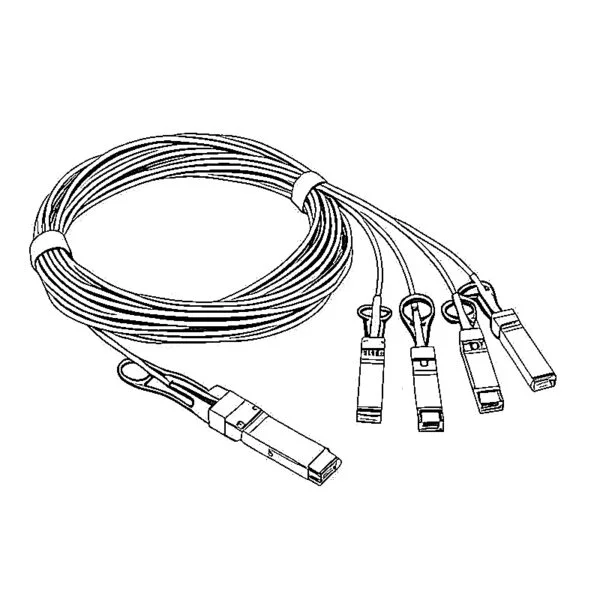 Кабель AOC 10G/25G/40G/100G
Кабель AOC 10G/25G/40G/100G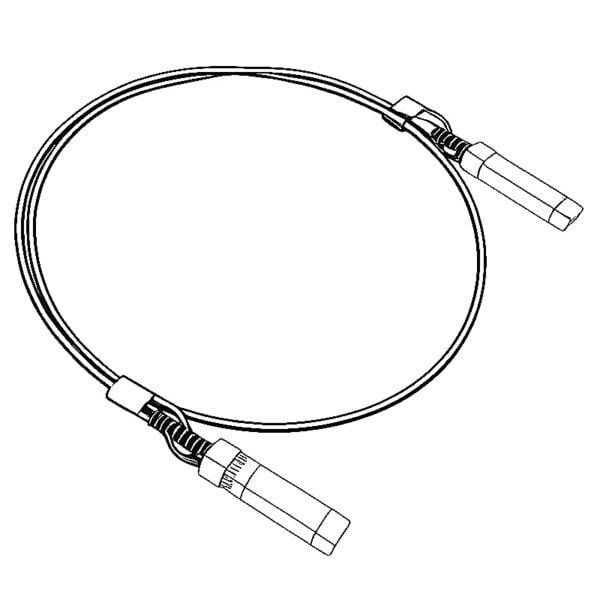 Кабель ЦАП 10G/25G/40G/100G
Кабель ЦАП 10G/25G/40G/100G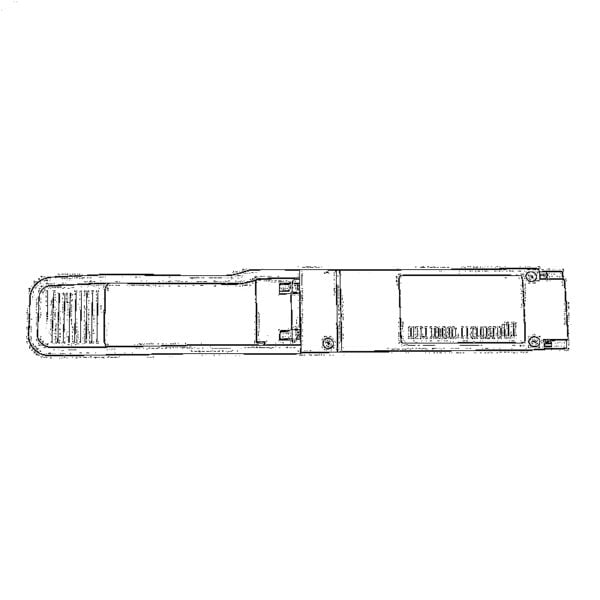 QSFP28 QSFP+ SFP28 100G/40G/25G
QSFP28 QSFP+ SFP28 100G/40G/25G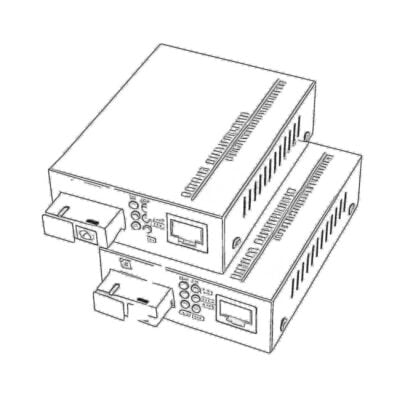 Медиаконвертеры из меди в оптоволокно
Медиаконвертеры из меди в оптоволокно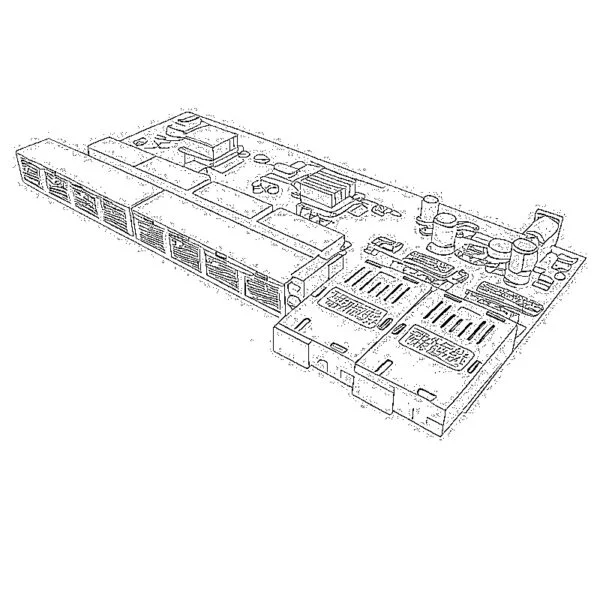 Плата PCBA для оптоволоконного медиаконвертера
Плата PCBA для оптоволоконного медиаконвертера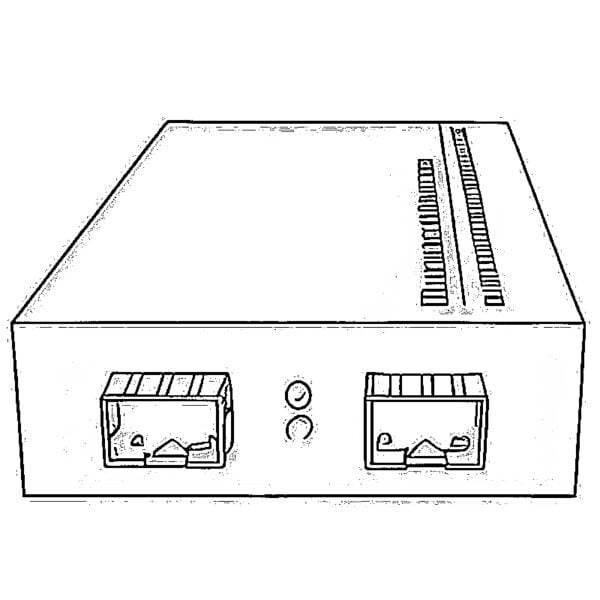 Оптоволоконные медиаконвертеры OEO
Оптоволоконные медиаконвертеры OEO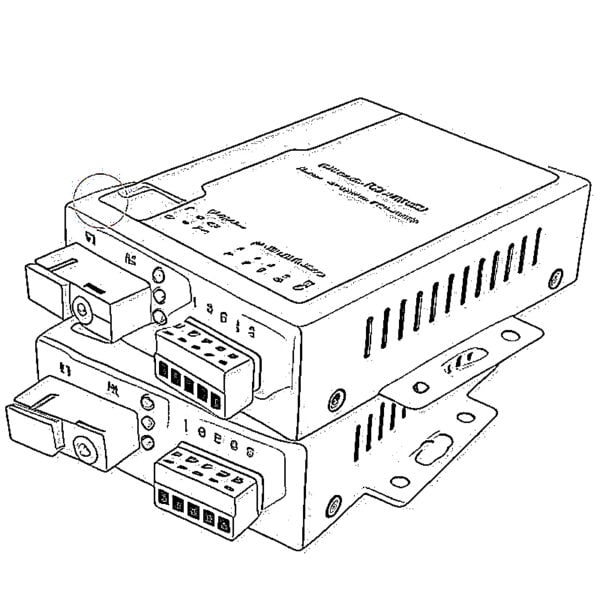 Последовательные медиаконвертеры в оптоволоконные
Последовательные медиаконвертеры в оптоволоконные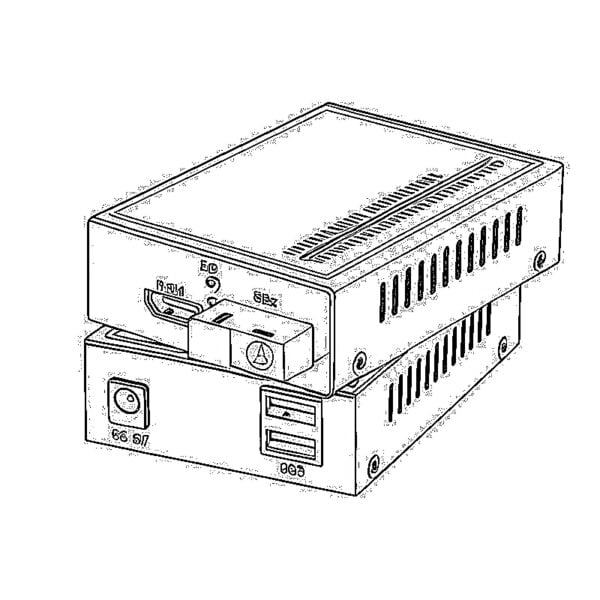 Видеоконвертеры в оптоволоконные медиаконвертеры
Видеоконвертеры в оптоволоконные медиаконвертеры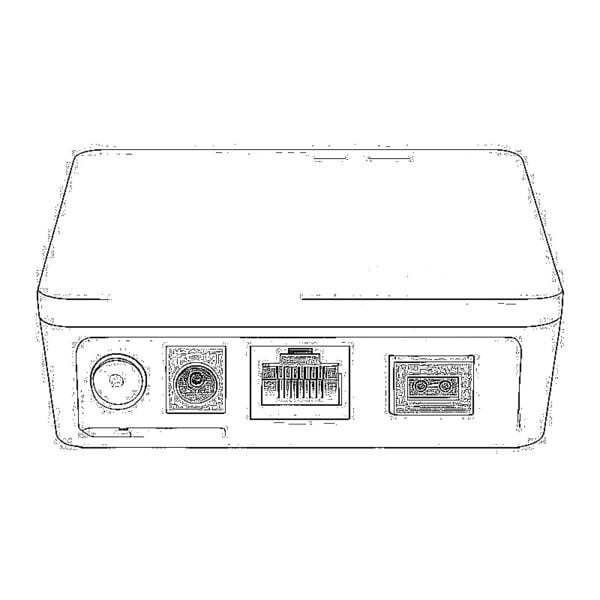 1000M GPON/EPON ONU
1000M GPON/EPON ONU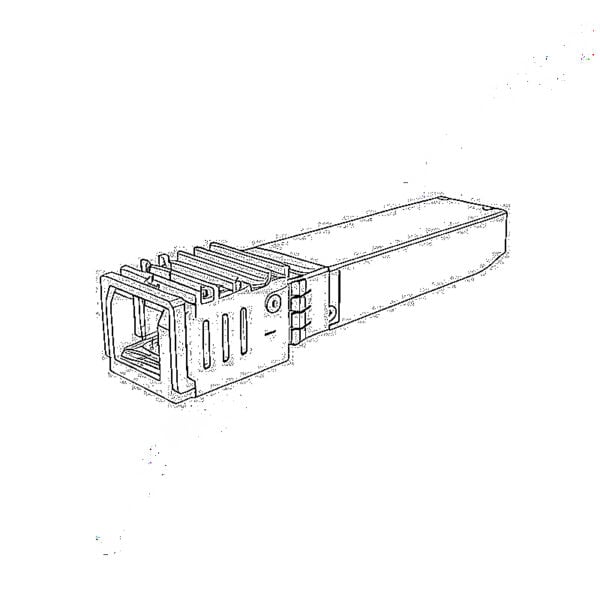 10G EPON ONU/XG-PON/XGS-PON
10G EPON ONU/XG-PON/XGS-PON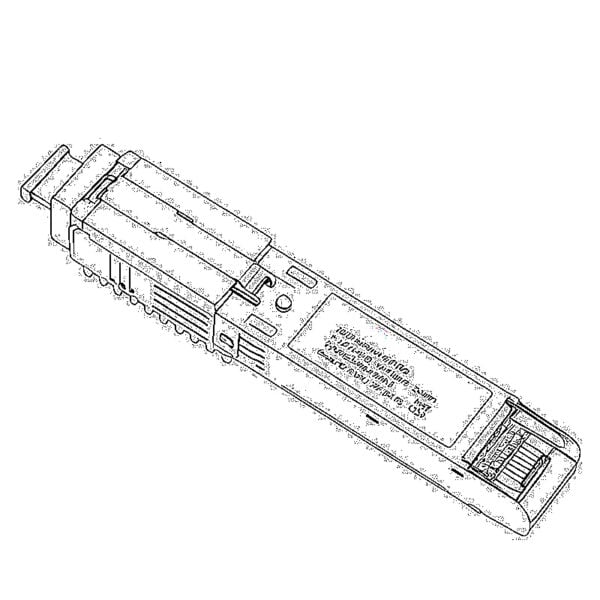 2,5G GPON/XPON STICK SFP ONU
2,5G GPON/XPON STICK SFP ONU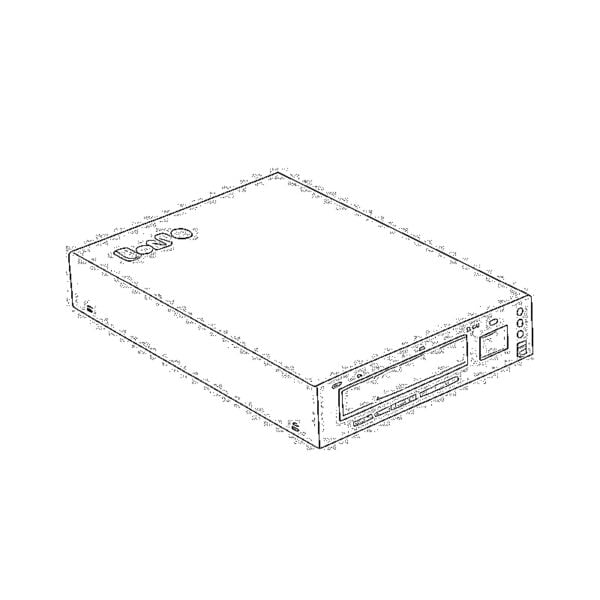 POE GPON/EPON ONU
POE GPON/EPON ONU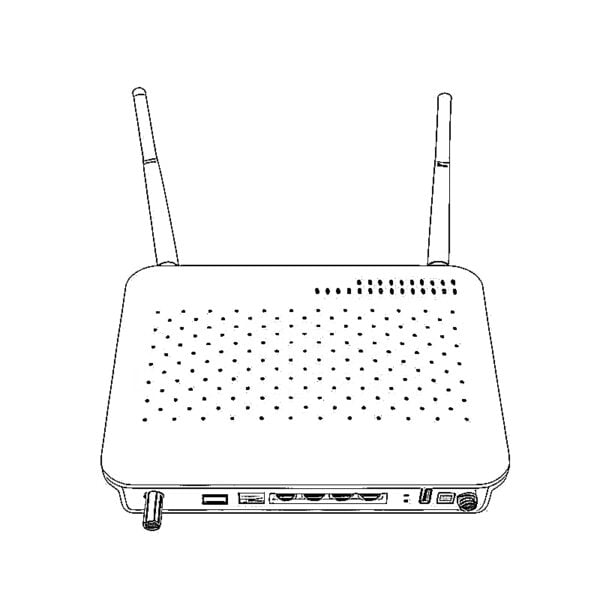 Беспроводной GPON/EPON ONT
Беспроводной GPON/EPON ONT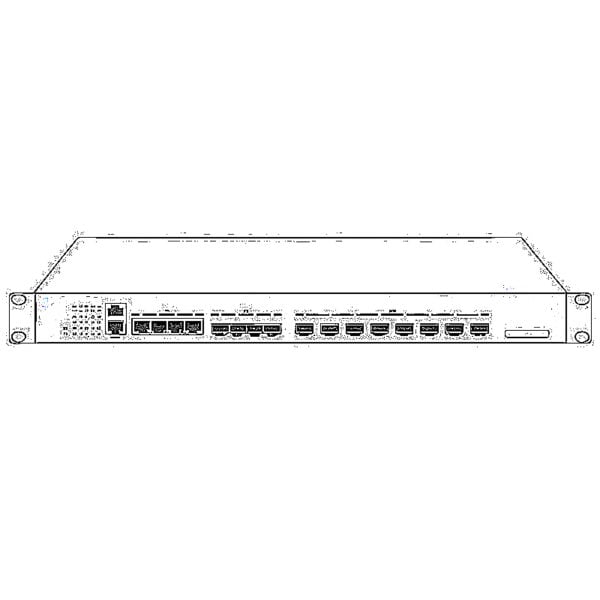 ЭПОН ОЛТ
ЭПОН ОЛТ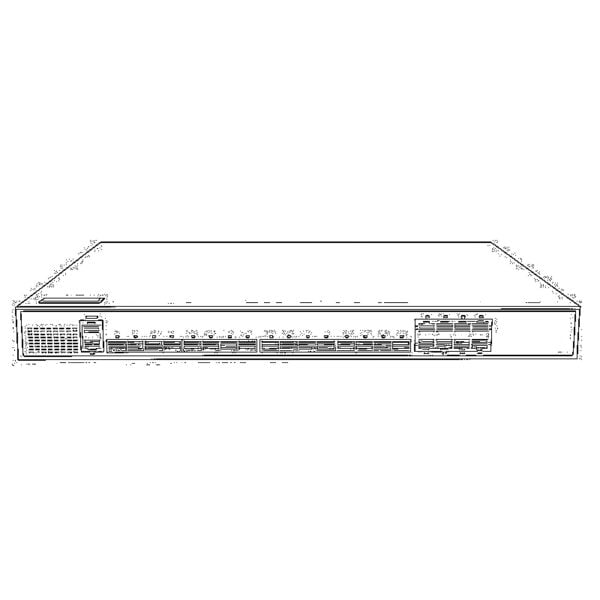 GPON-ОЛТ
GPON-ОЛТ Модуль SFP PON
Модуль SFP PON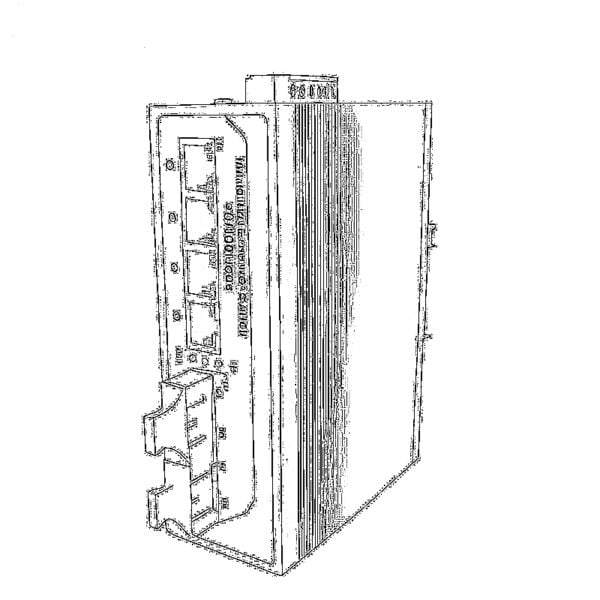 Промышленные коммутаторы
Промышленные коммутаторы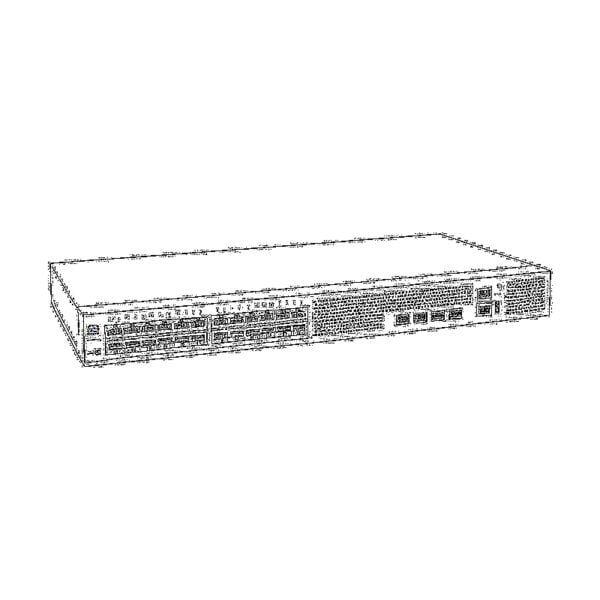 Управляемые коммутаторы
Управляемые коммутаторы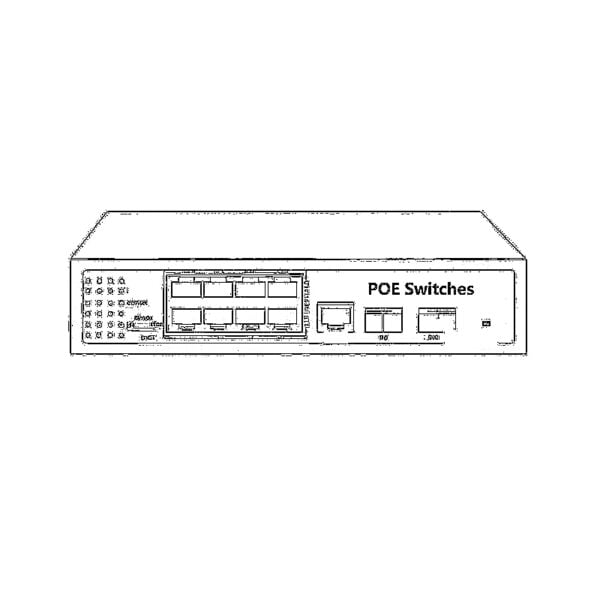 Коммутаторы POE
Коммутаторы POE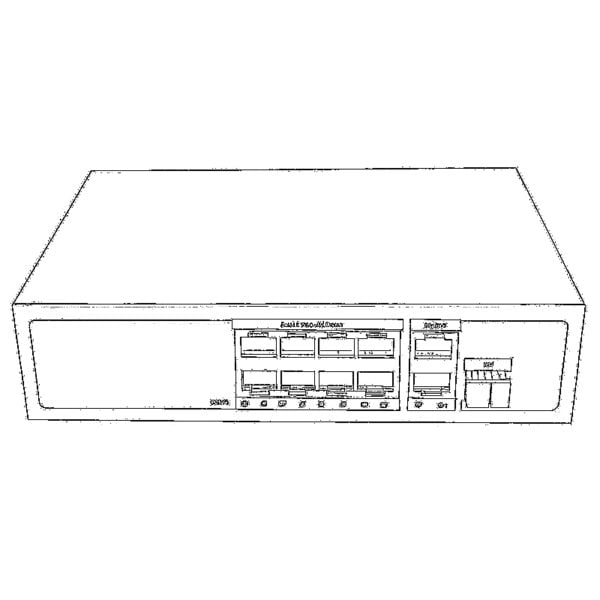 Неуправляемые коммутаторы
Неуправляемые коммутаторы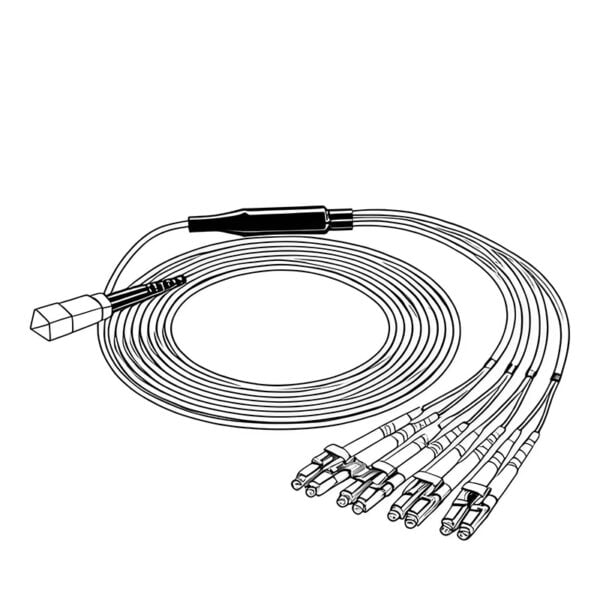 Волоконно-оптические кабели MTP/MPO
Волоконно-оптические кабели MTP/MPO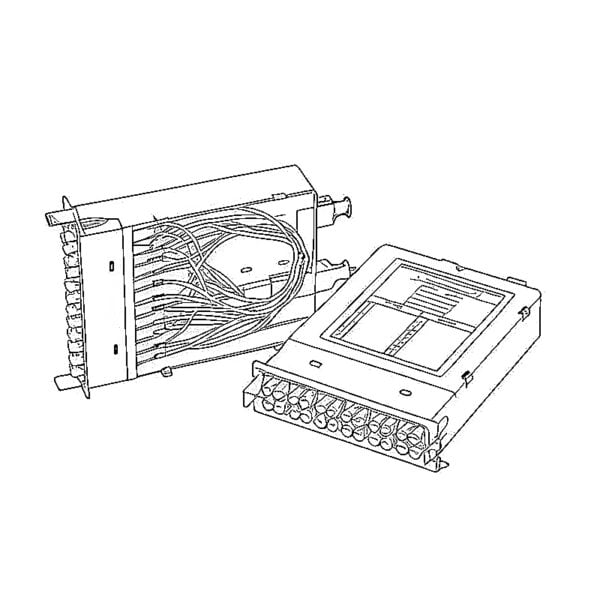 Волоконно-оптические кассеты
Волоконно-оптические кассеты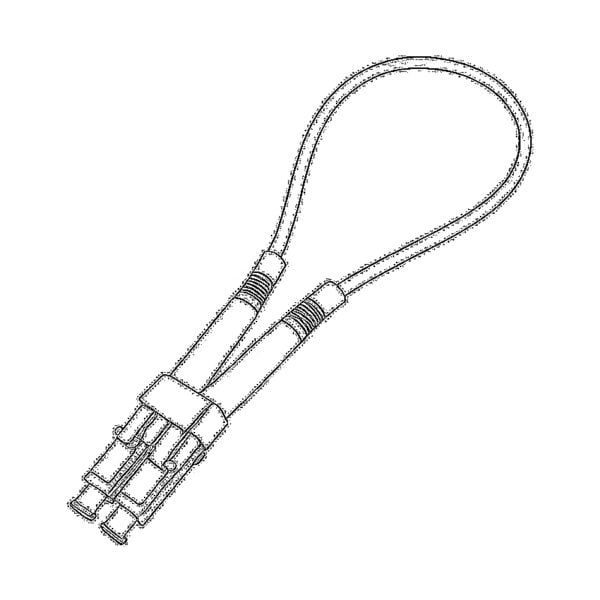 Волоконно-оптический шлейф
Волоконно-оптический шлейф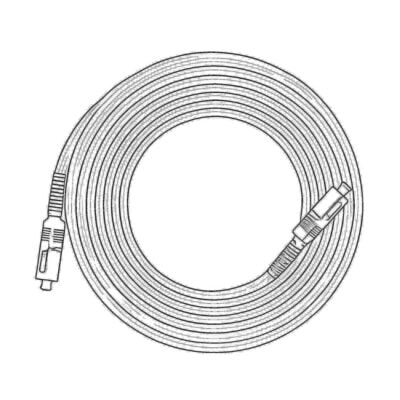 Оптические кабели и волоконно-оптические пигтейлы
Оптические кабели и волоконно-оптические пигтейлы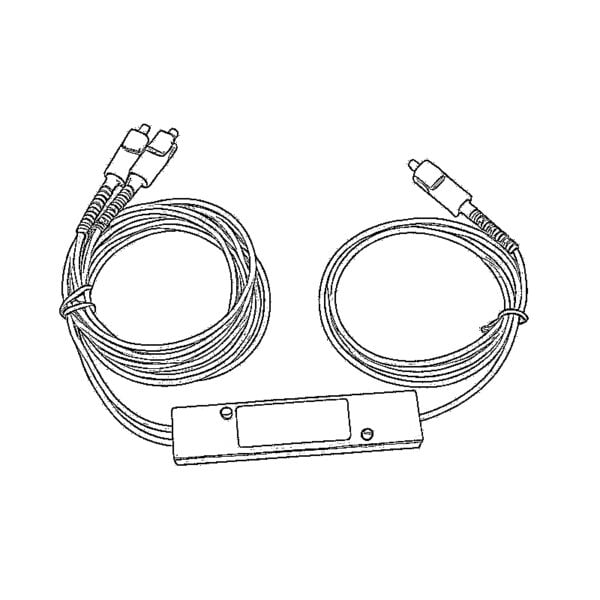 Оптические разветвители и разветвительные коробки
Оптические разветвители и разветвительные коробки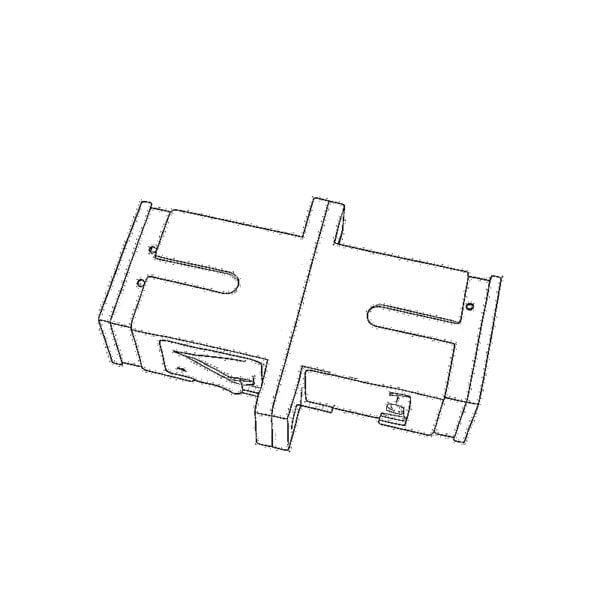 Фланцевые соединители для оптоволокна
Фланцевые соединители для оптоволокна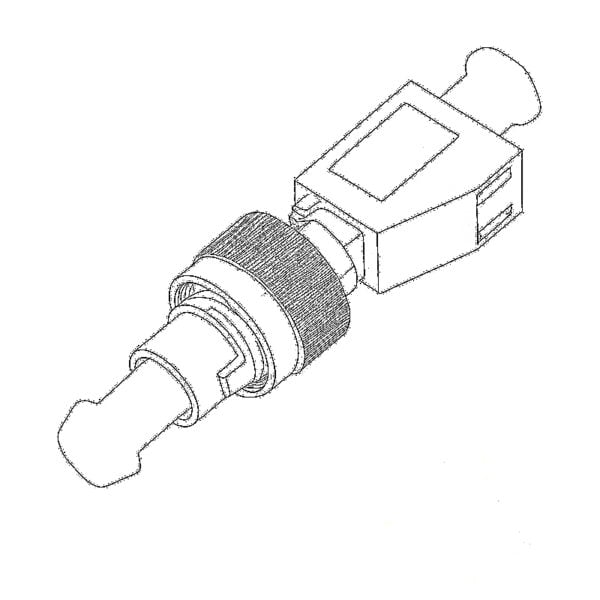 Оптические адаптеры
Оптические адаптеры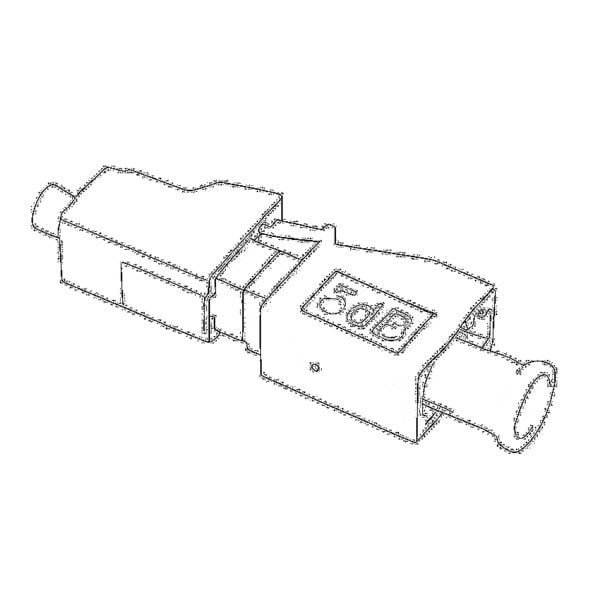 Оптический аттенюатор
Оптический аттенюатор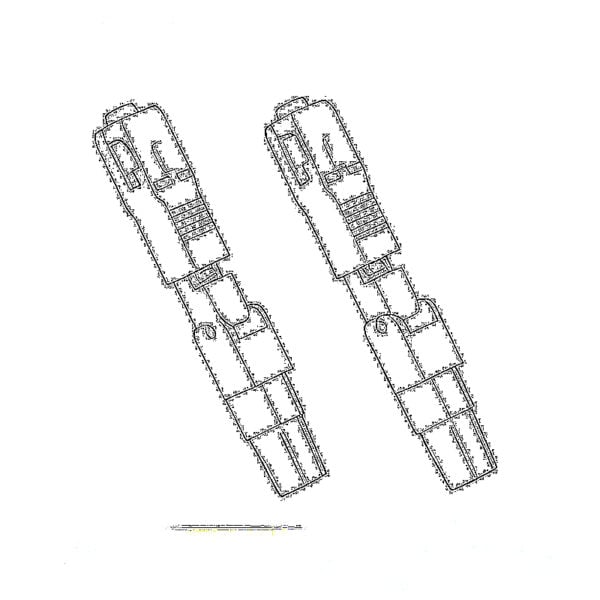 Быстроразъемное соединение и панель разъемов
Быстроразъемное соединение и панель разъемов Усилитель кабельного телевидения
Усилитель кабельного телевидения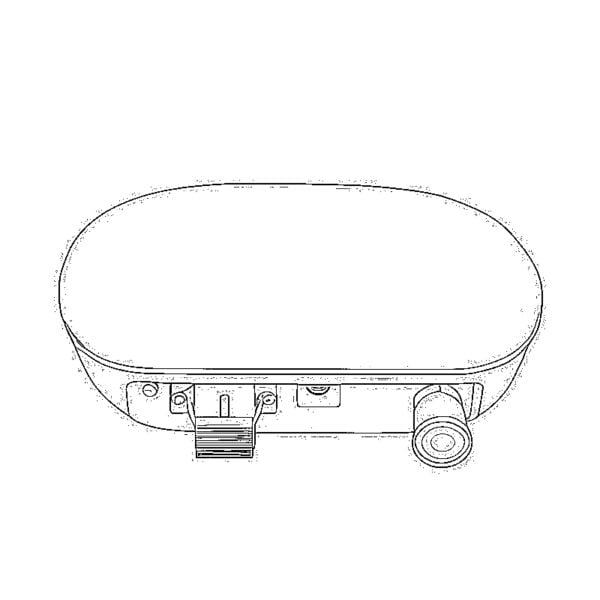 Оптический приемник кабельного телевидения
Оптический приемник кабельного телевидения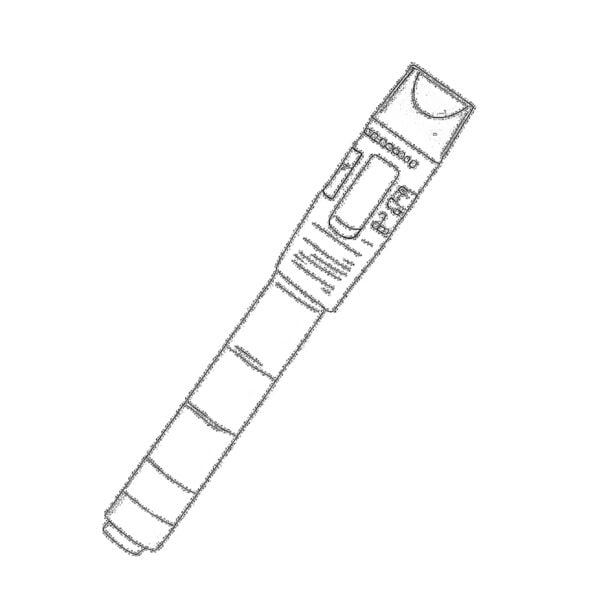 Визуальный локатор неисправностей
Визуальный локатор неисправностей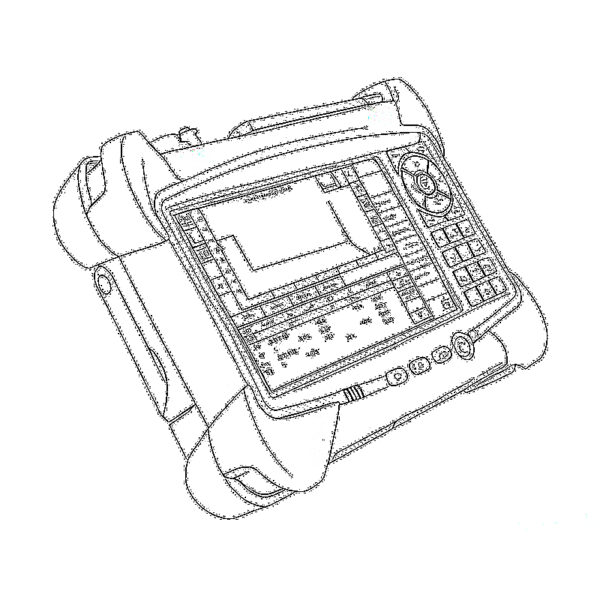 OTDR
OTDR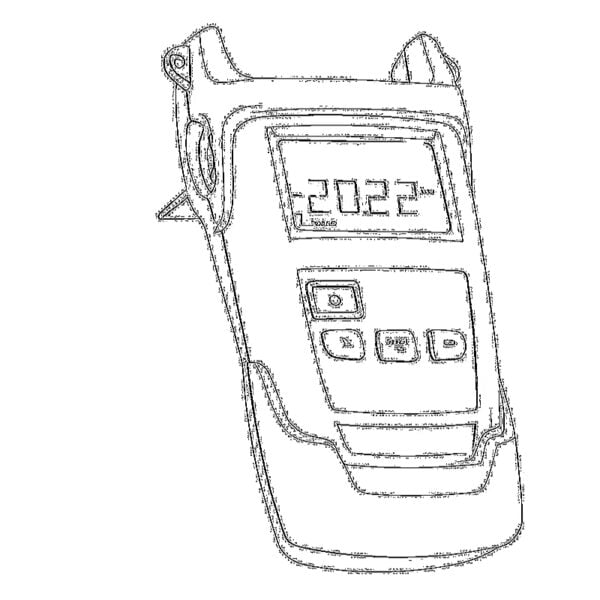 Измеритель оптической мощности
Измеритель оптической мощности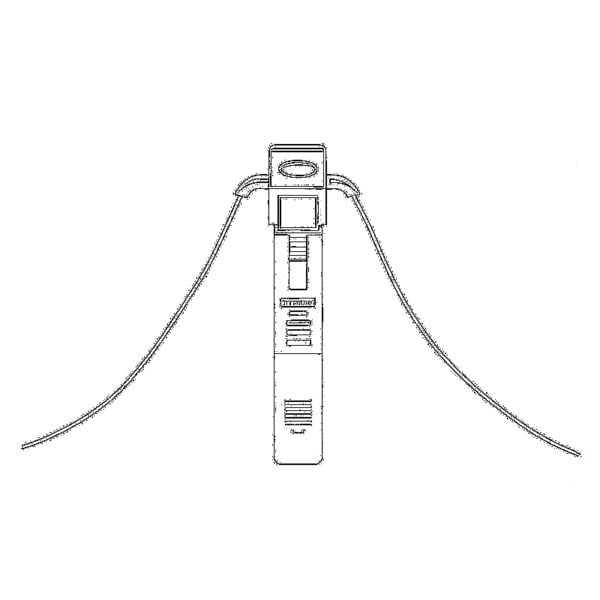 Волоконно-оптический идентификатор
Волоконно-оптический идентификатор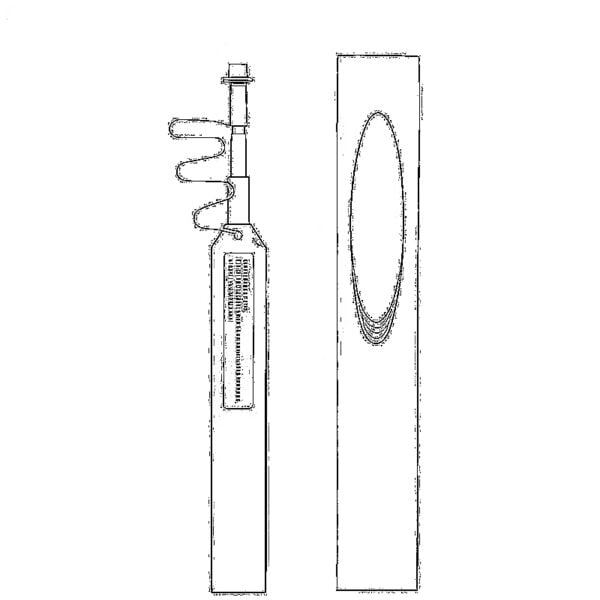 Очистители оптоволокна
Очистители оптоволокна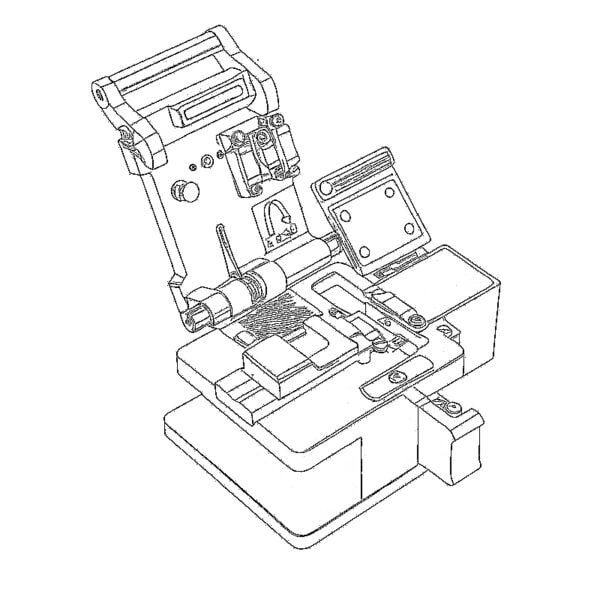 Скалыватели и стрипперные устройства для волокон
Скалыватели и стрипперные устройства для волокон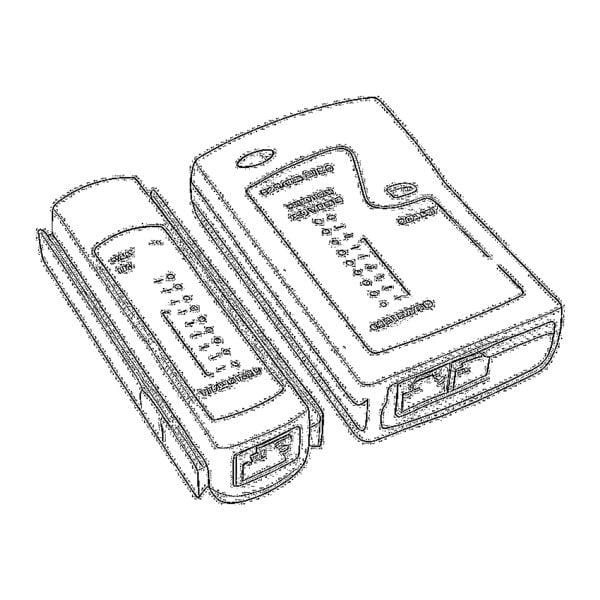 Медные инструменты
Медные инструменты